United States
Planting trees for habitat and ecosystem recovery.
REFORESTATION IN The
United States
From towering old-growth redwood forests on the West Coast to sprawling maple groves in the Northeast, America’s forests are as unique as the nation itself. With forest fire recovery in the west, longleaf pine restoration in the southeast, and National Forest restoration from coast to coast, reforestation in the U.S.A. works across several states and ecosystem types.
Severe threats to United States forests continue to escalate in size, frequency, and intensity. Uncharacteristic wildfires, insect infestations, diseases, drought, flooding, invasive species, and climate change endanger native forests and create a need for restoration. Tree planting in the right place, at the right time, with the right species, can change the current trajectory of forests in the United States.
43
Planting Partners
26
States
12,289,007+
Trees Planted
7.5%
Of world's forests
About 7.5% of the world’s forests are in the United States.
3,000
Species
U.S. National Forests are home to more than 3,000 species of fish and wildlife.
2.5M
acres of lakes
2.5 million acres of lakes are found in U.S. National Forests and grasslands.
90%
of drinking water
Some western cities depend on National Forests for over 90% of their drinking water.
80%
OF TREE COVER LOSS
80% of tree cover loss between 2013-2023 in the U.S. occurred in natural forests.
*Impact metrics shown represent our 2023 impact.
Our Project Locations
Reforestation Map
Reforestation in the U.S. focuses on natural disaster recovery, restoring habitat for biodiversity, and stabilizing watersheds. View the reforestation map to discover areas where we have planted trees in the U.S.A.
Recent Projects

Featured reforestation locations
The United States is home to diverse landscapes, from towering mountain ranges to ancient forests. By planting trees in vital areas, we protect biodiversity, enhance carbon capture, and preserve the natural beauty that defines America’s wild spaces. Discover more about our work across the United States.
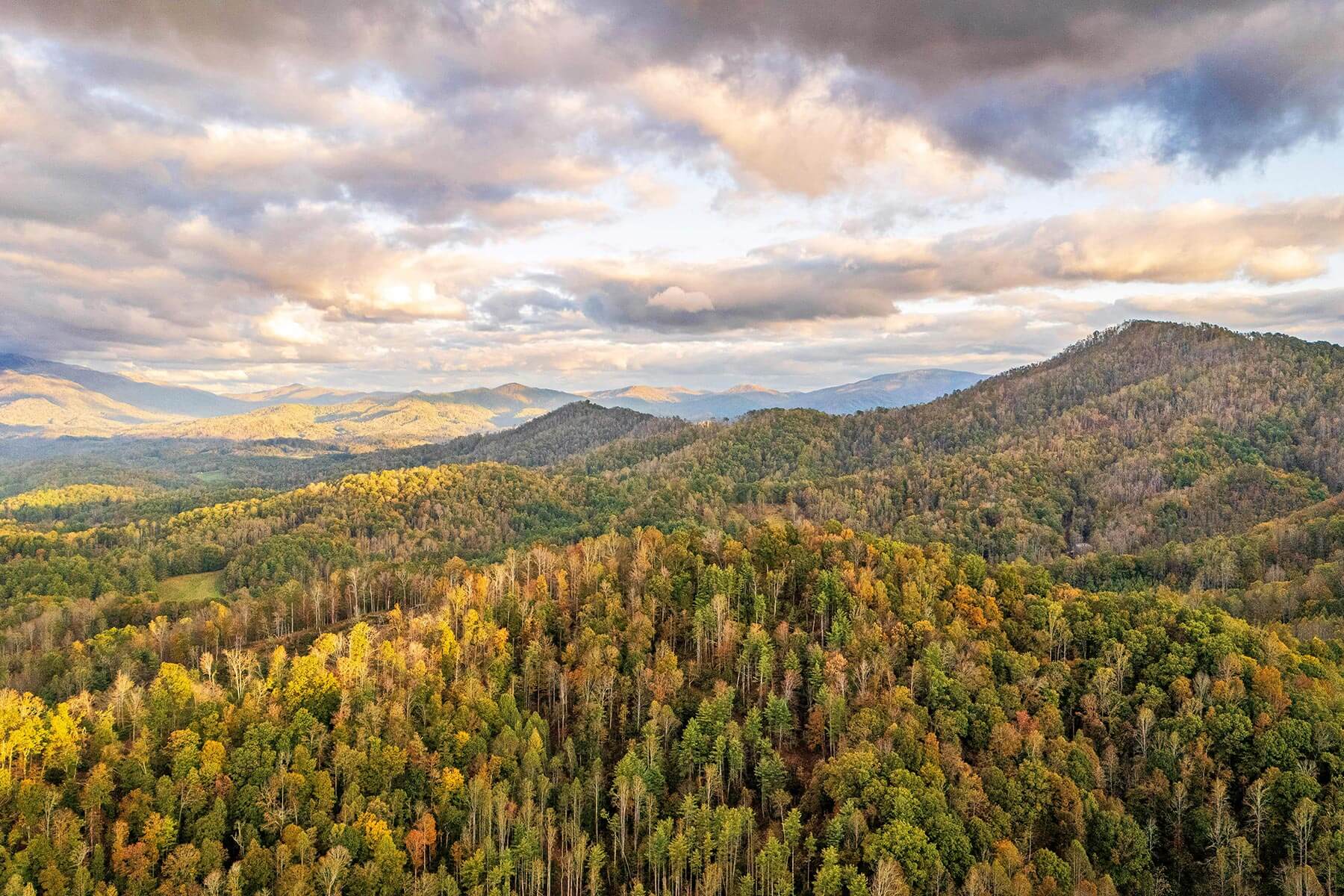
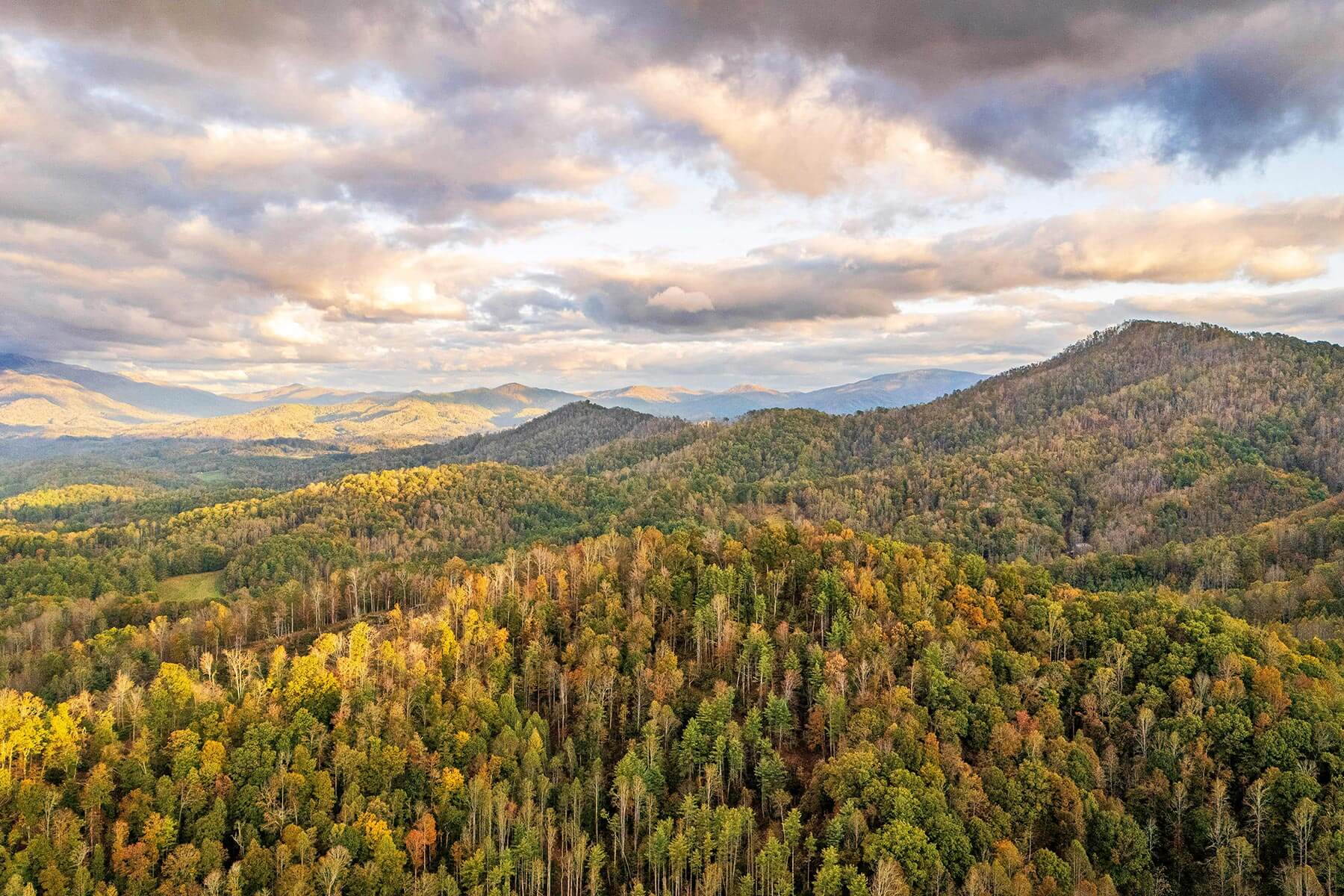
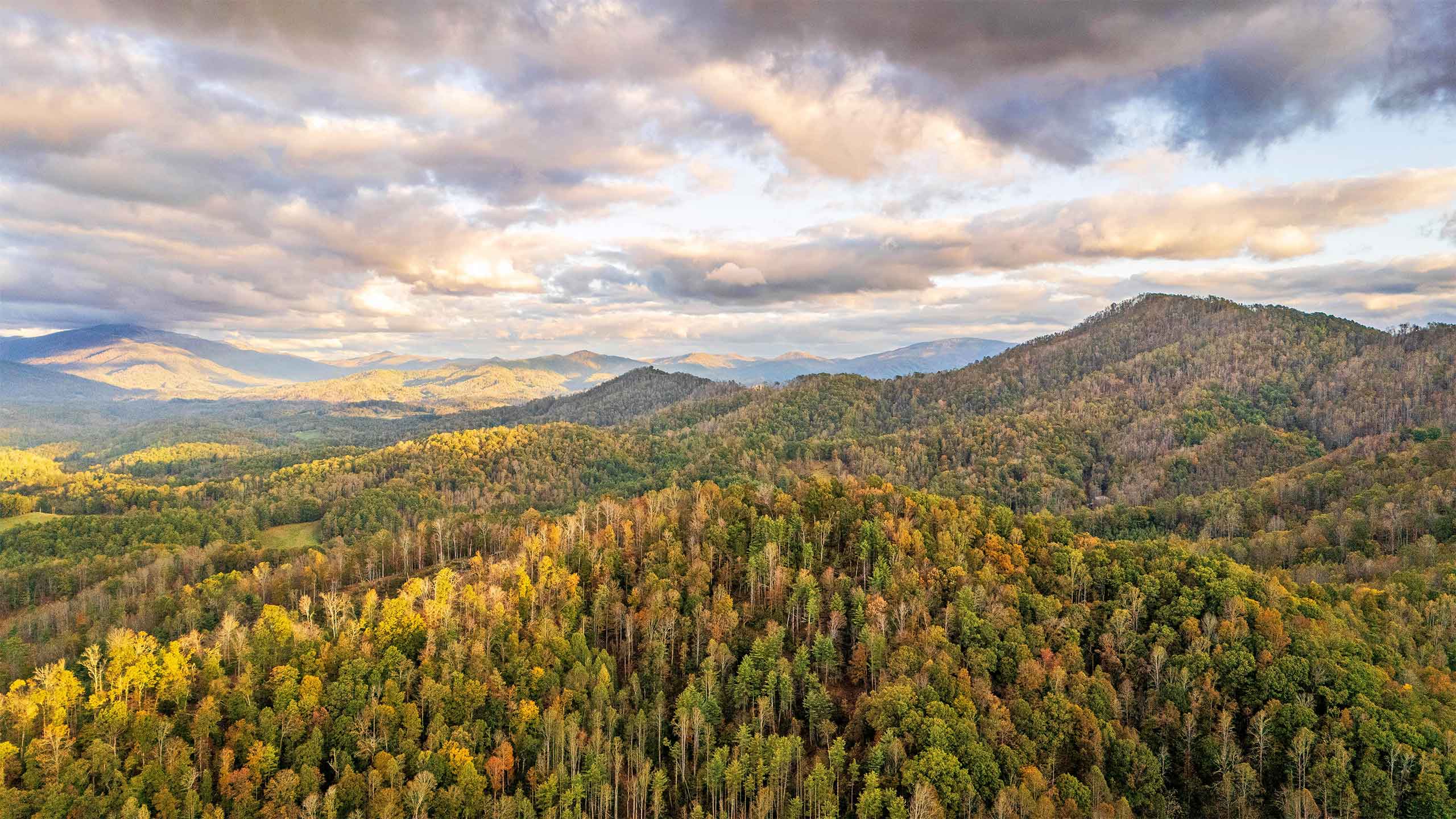
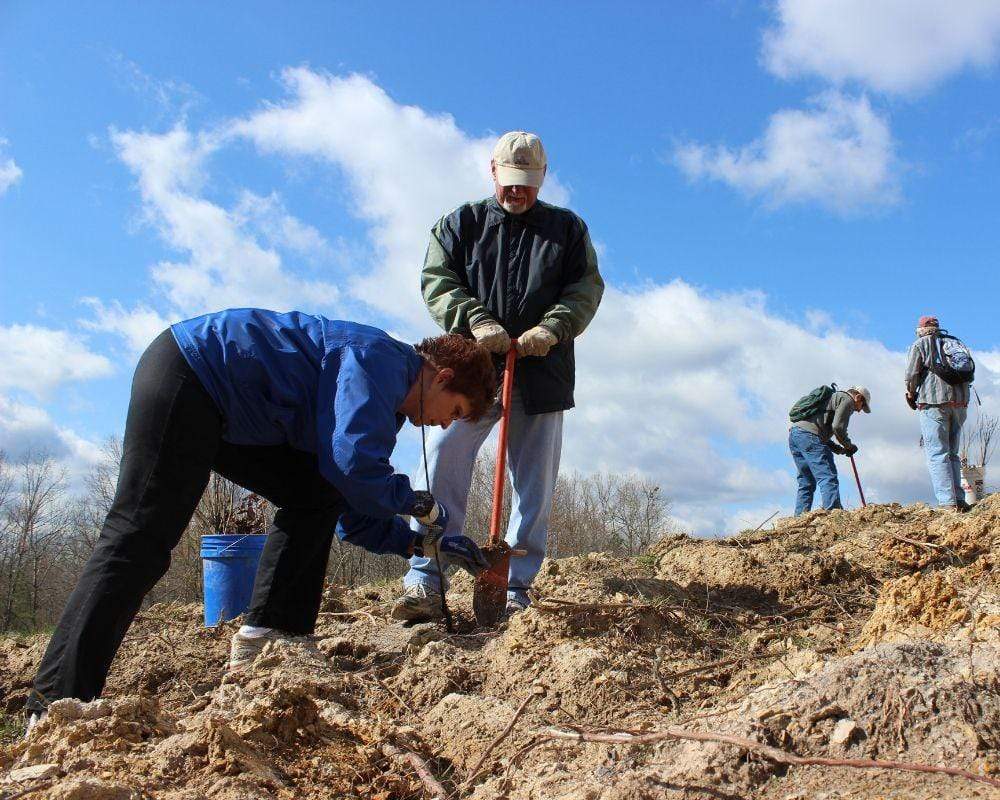
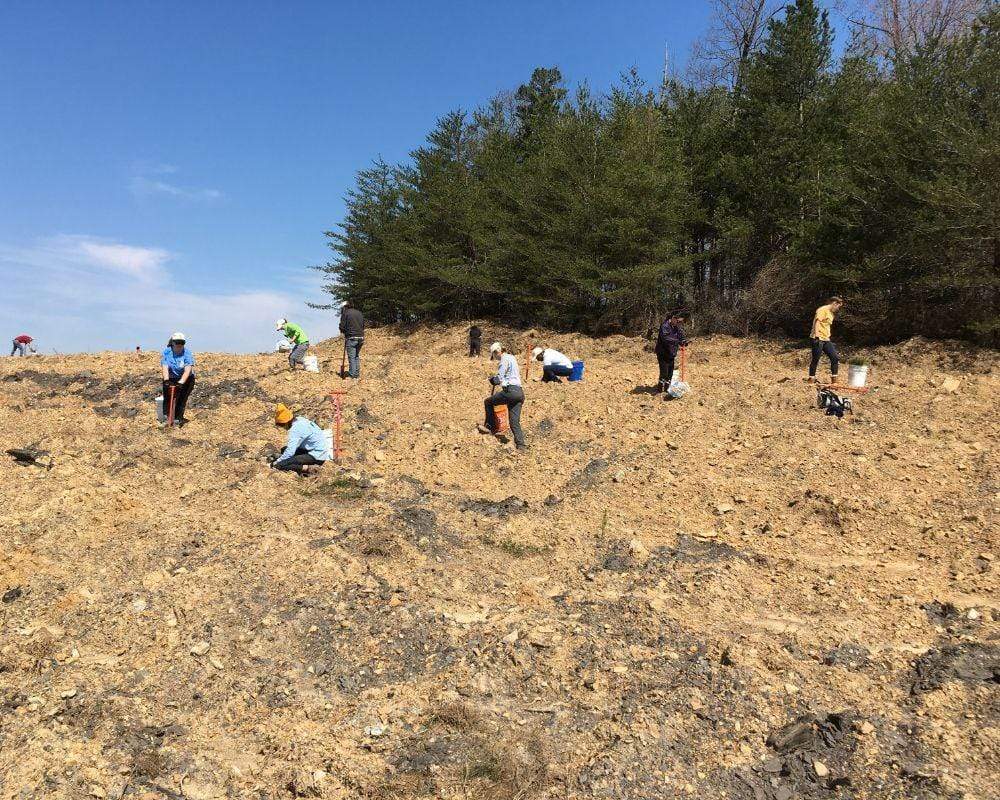
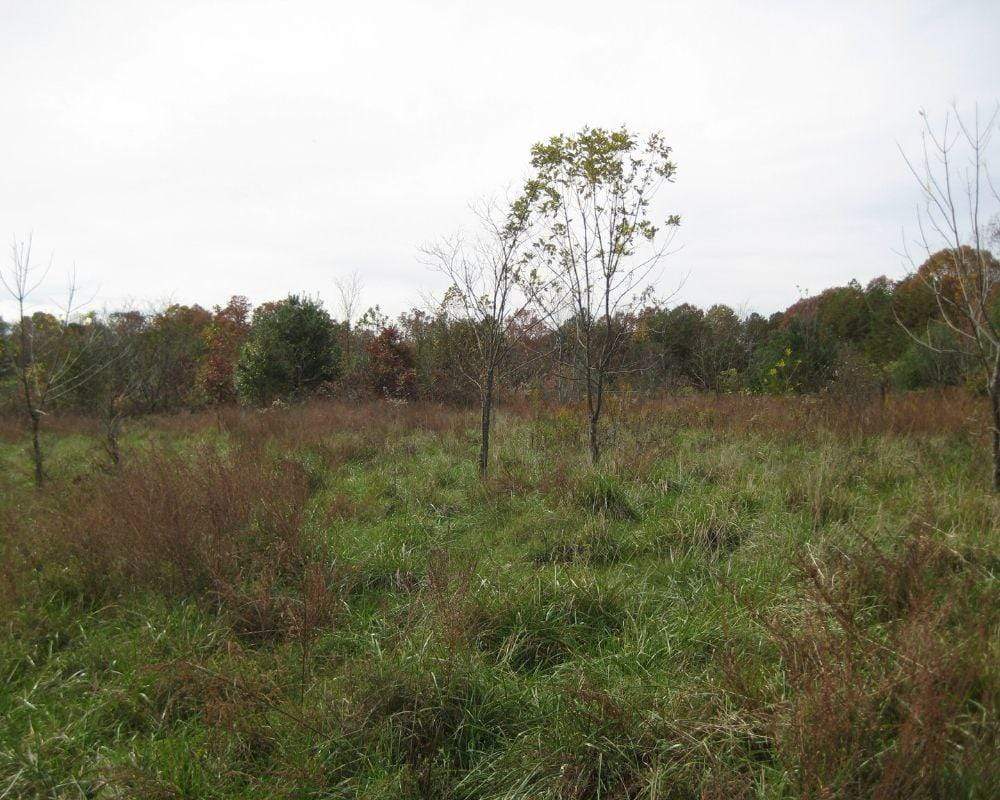
Appalachia
Appalachia is one of America’s most biologically diverse regions – home to thousands of species. Our work in Appalachia focuses on restoring historically degraded forests and bringing new life to former mining sites.
Learn More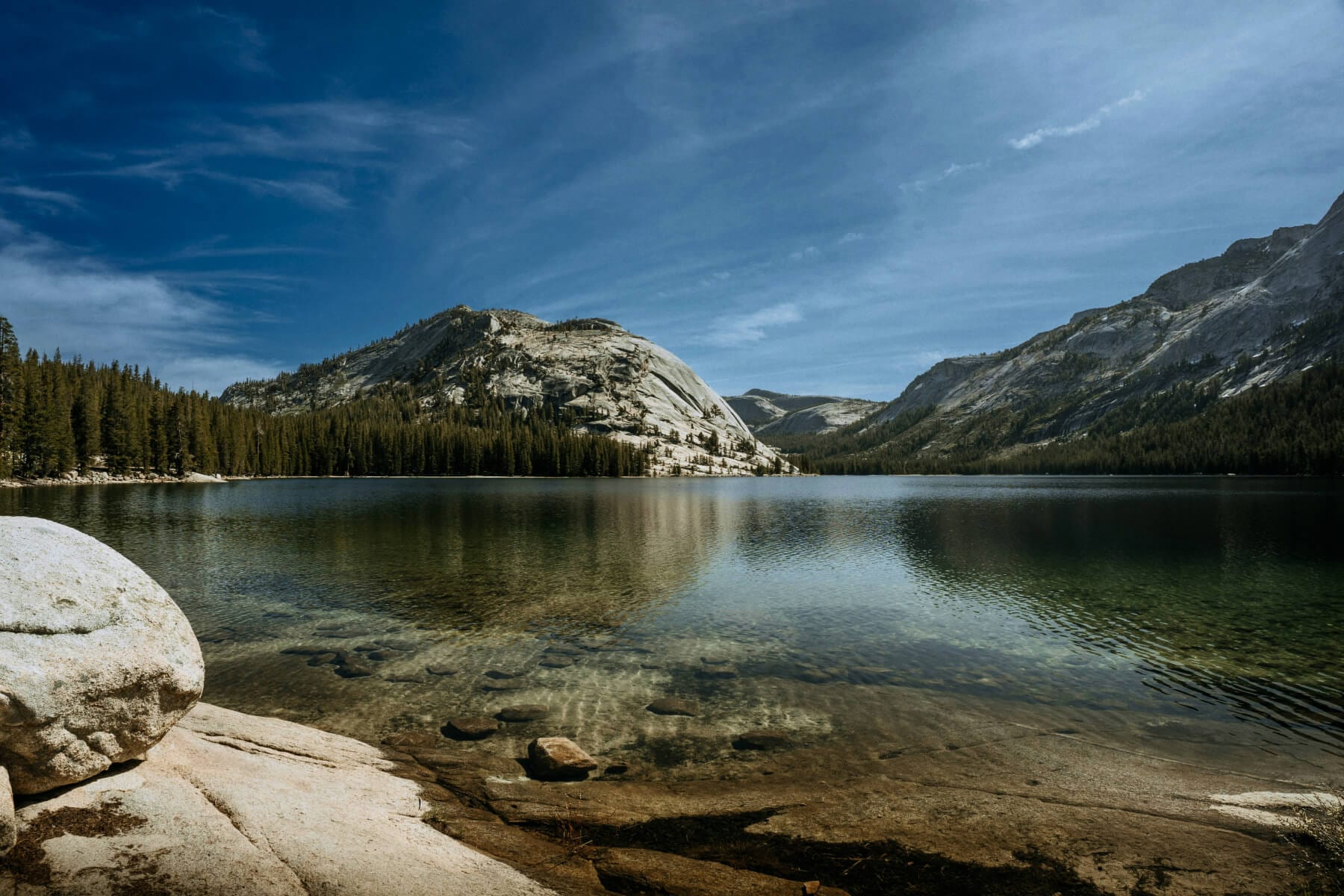
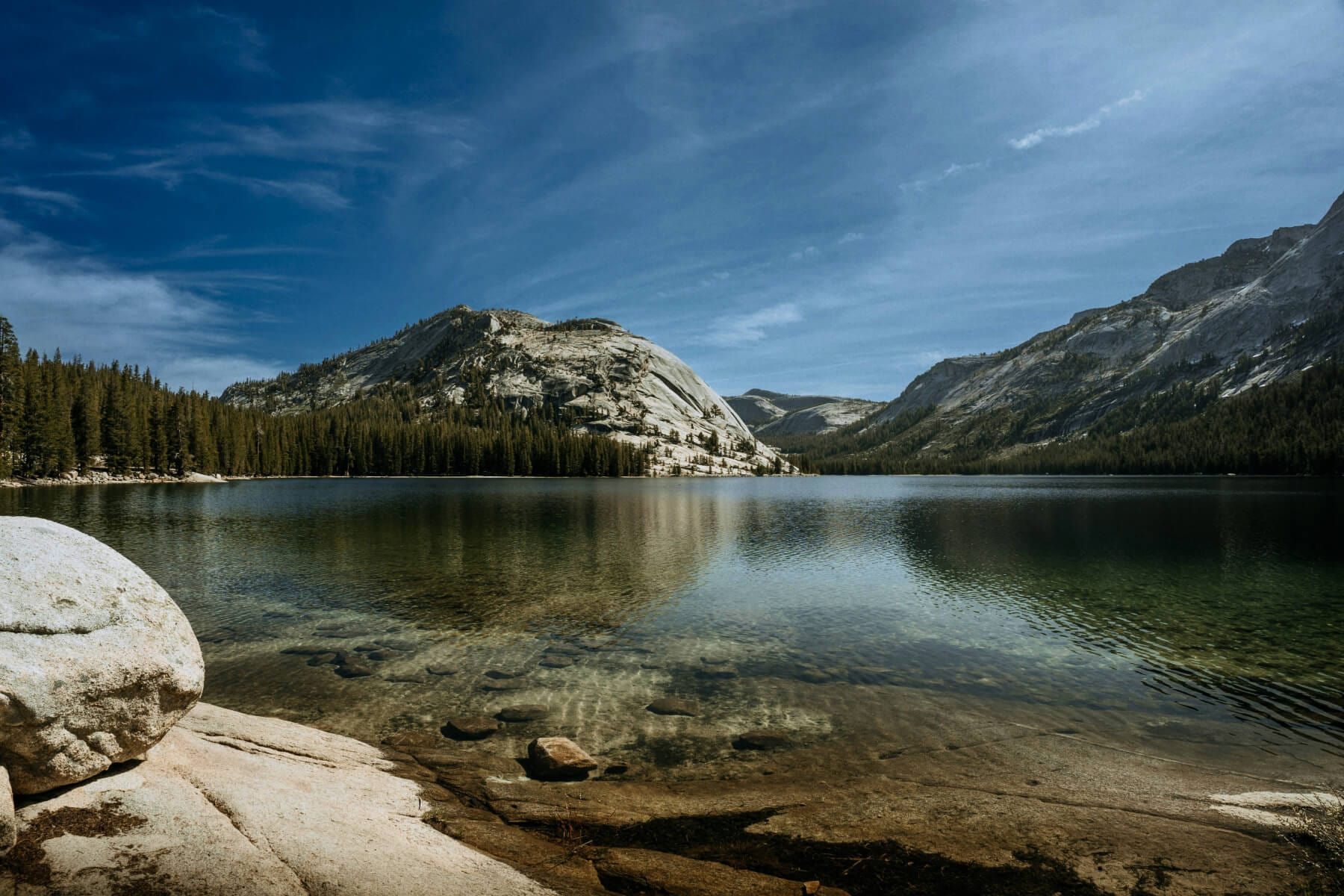
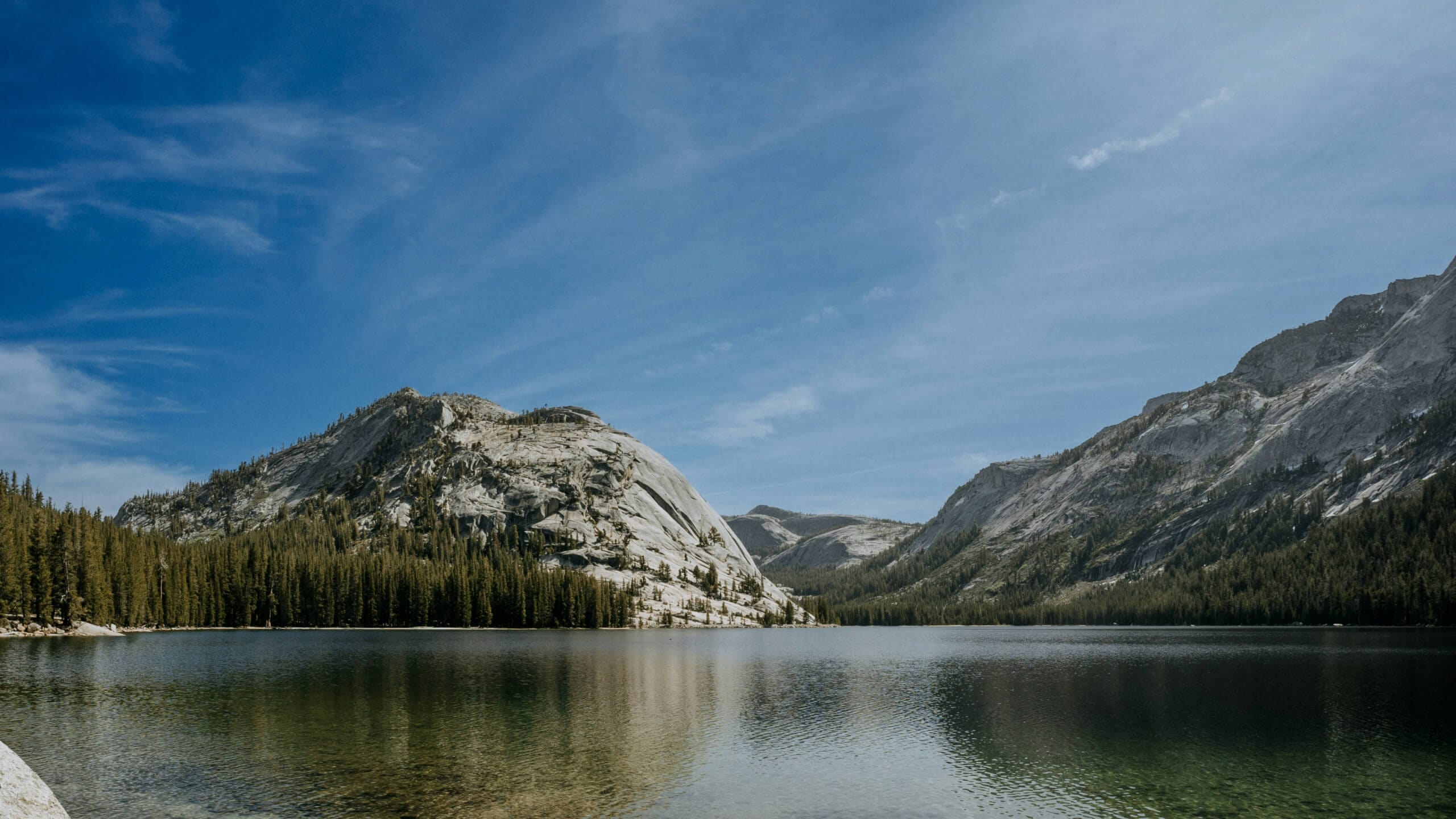
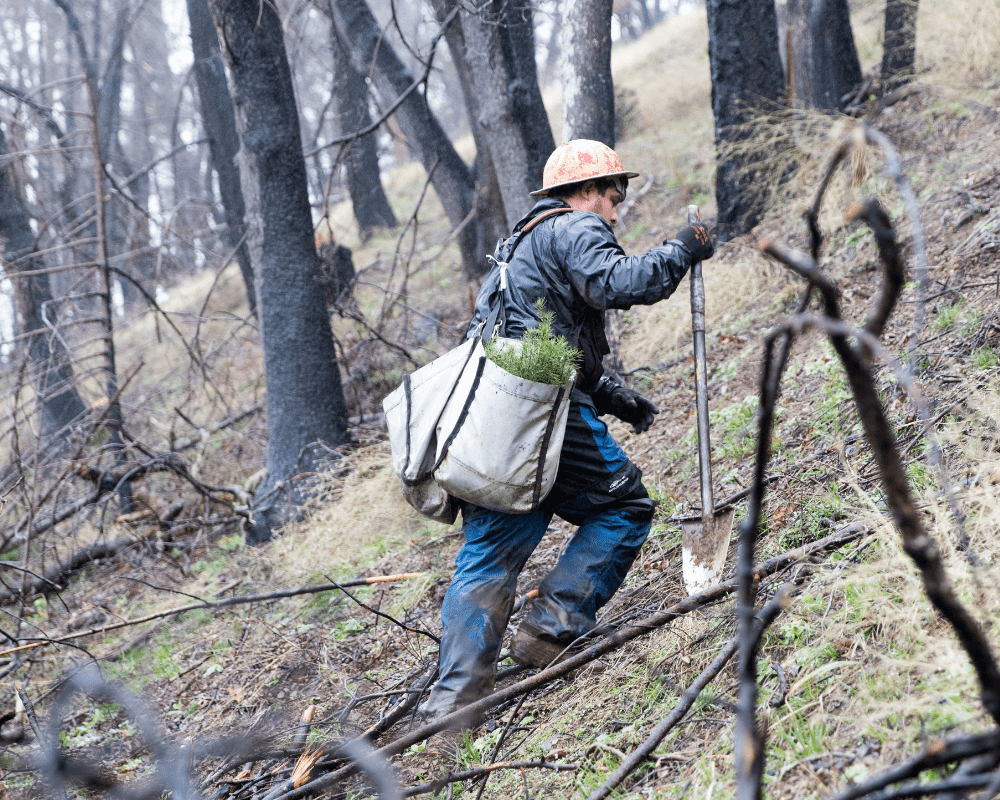
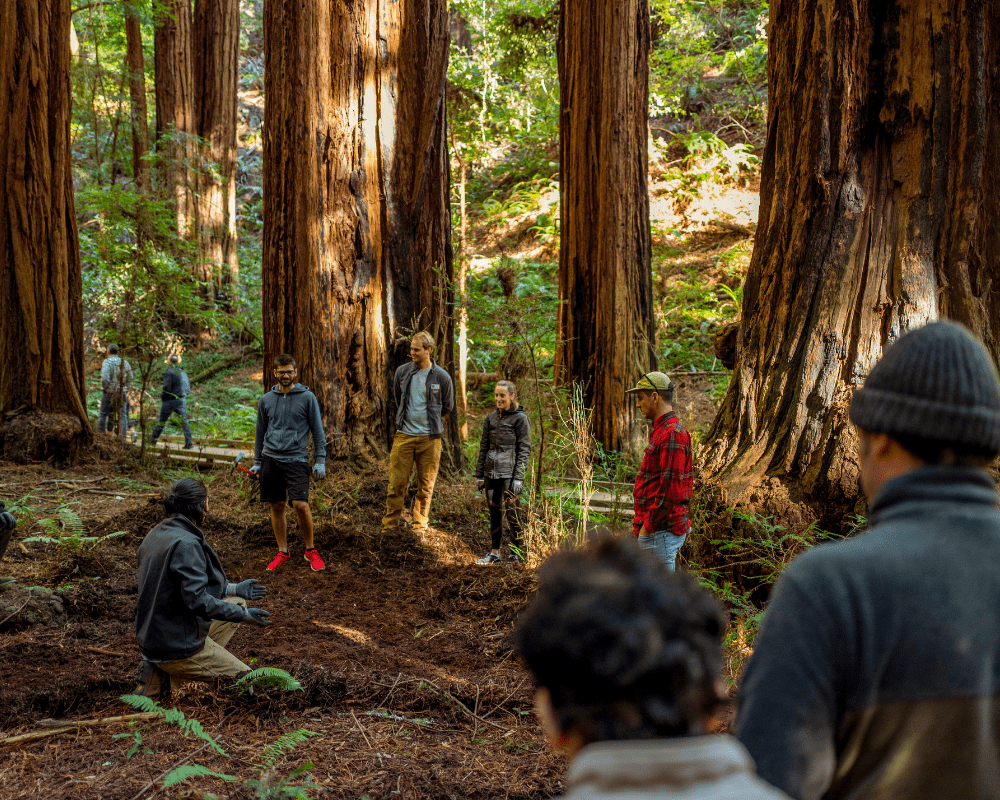
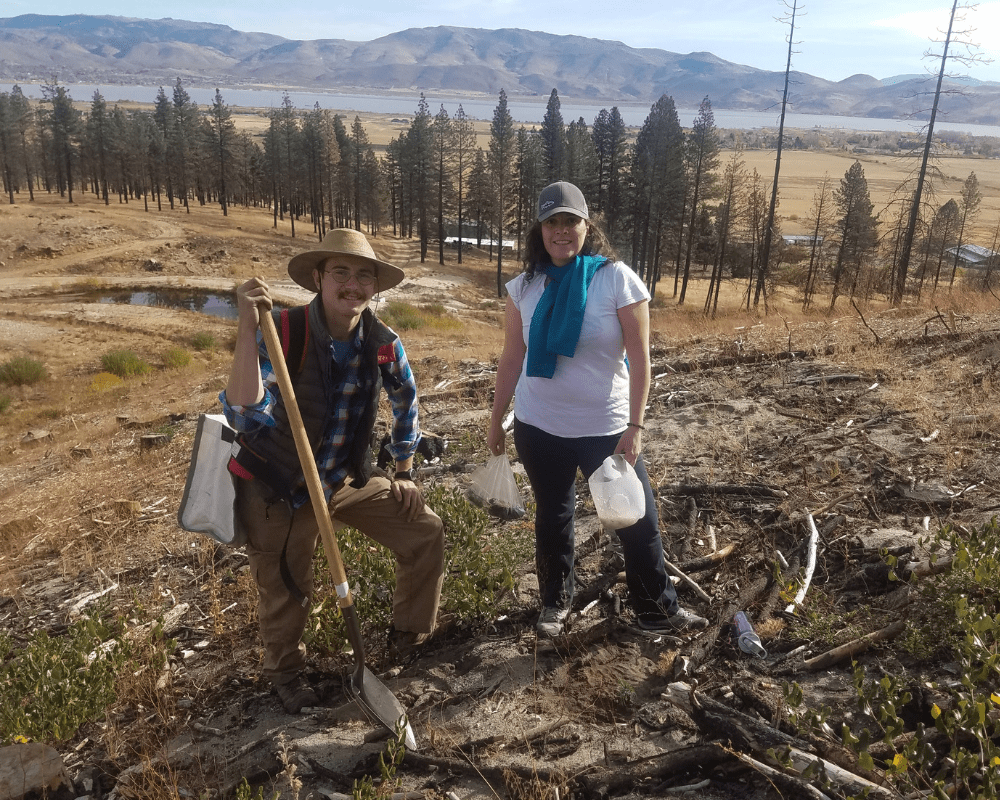
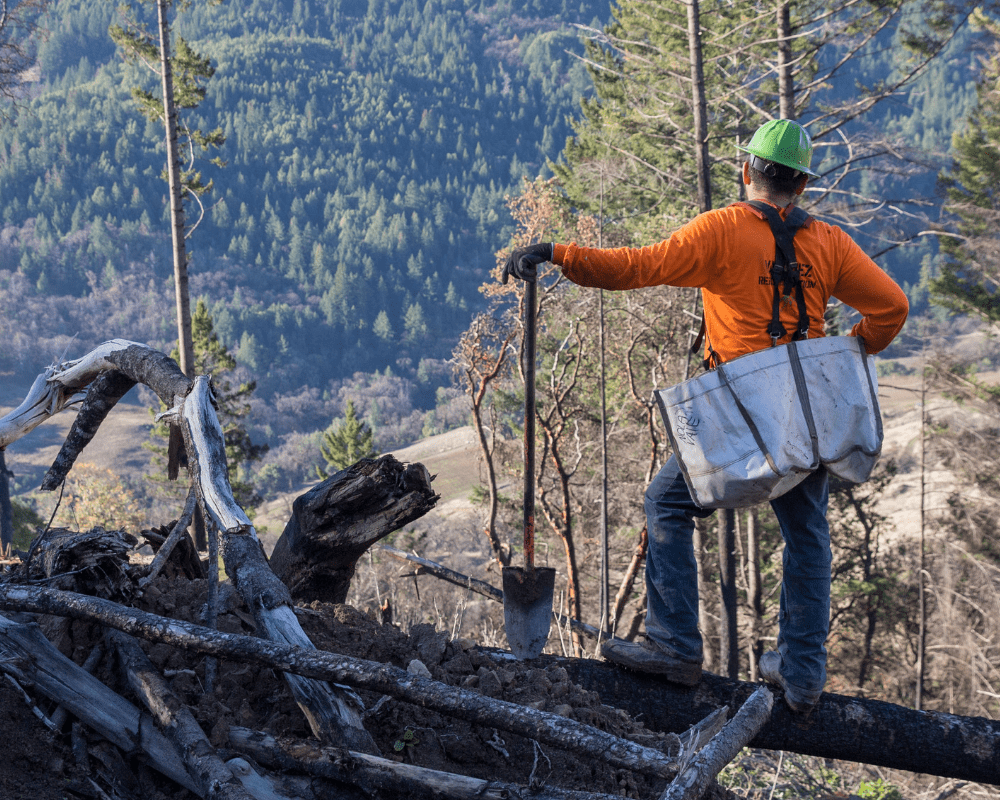
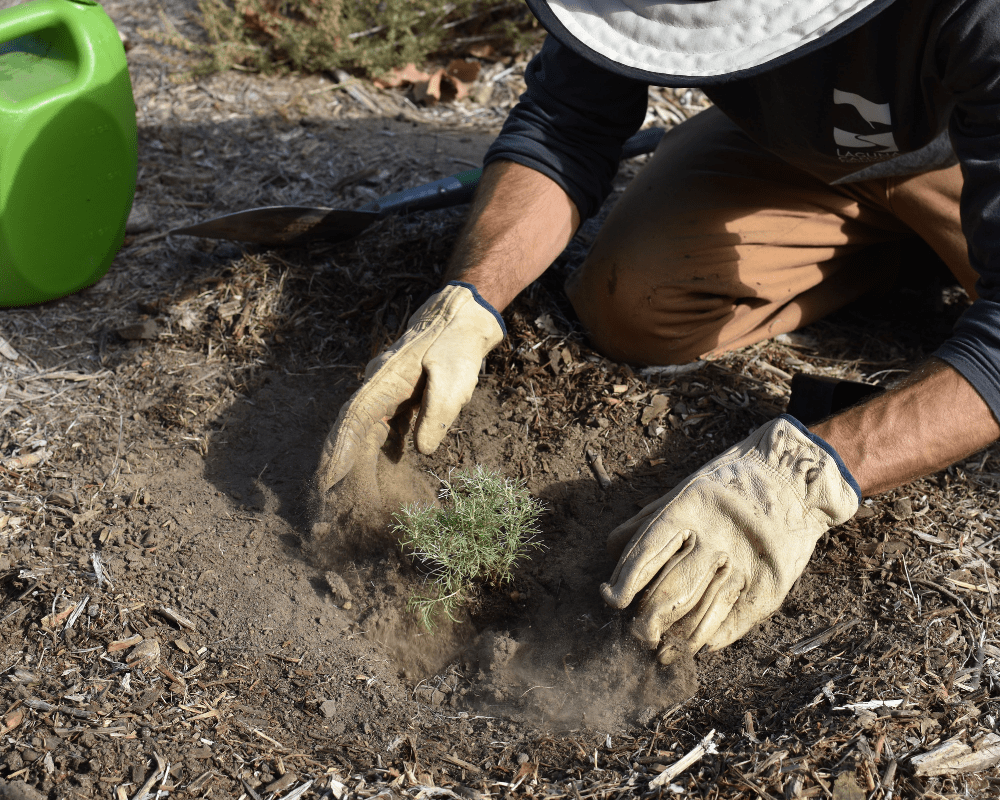
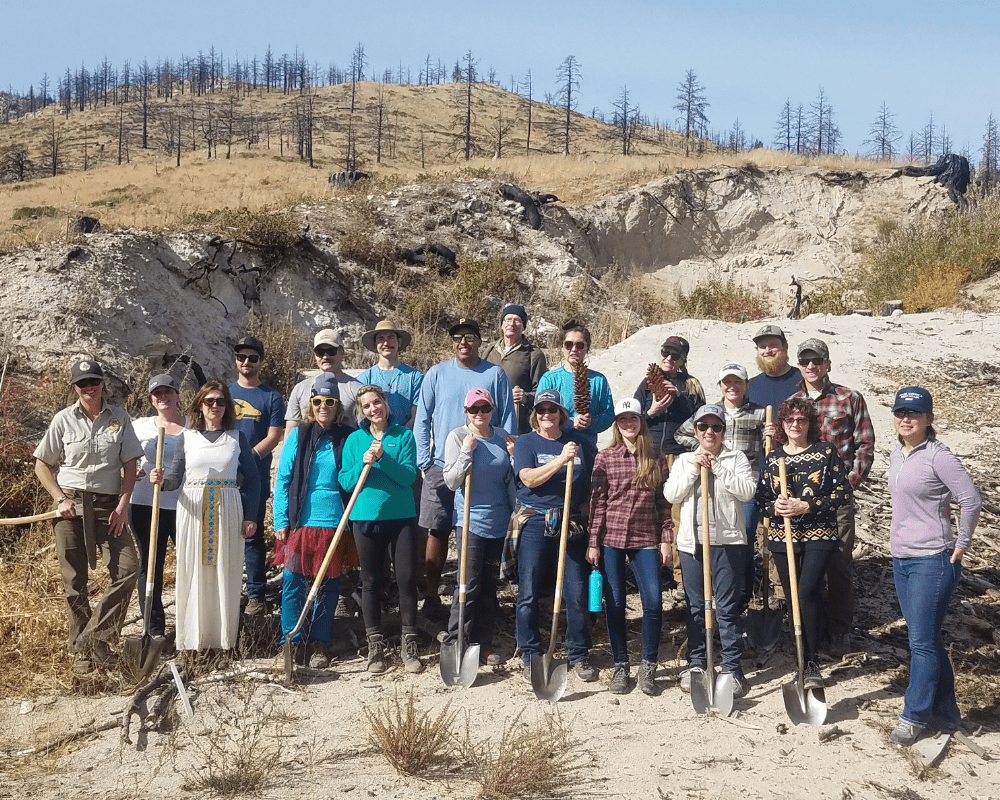
California
California has iconic biodiversity including species like the gray wolf, mountain lion, California condor, and more. We’re planting trees across the state to protect iconic wildlife and restore areas that have been degraded by forest fires.
Learn More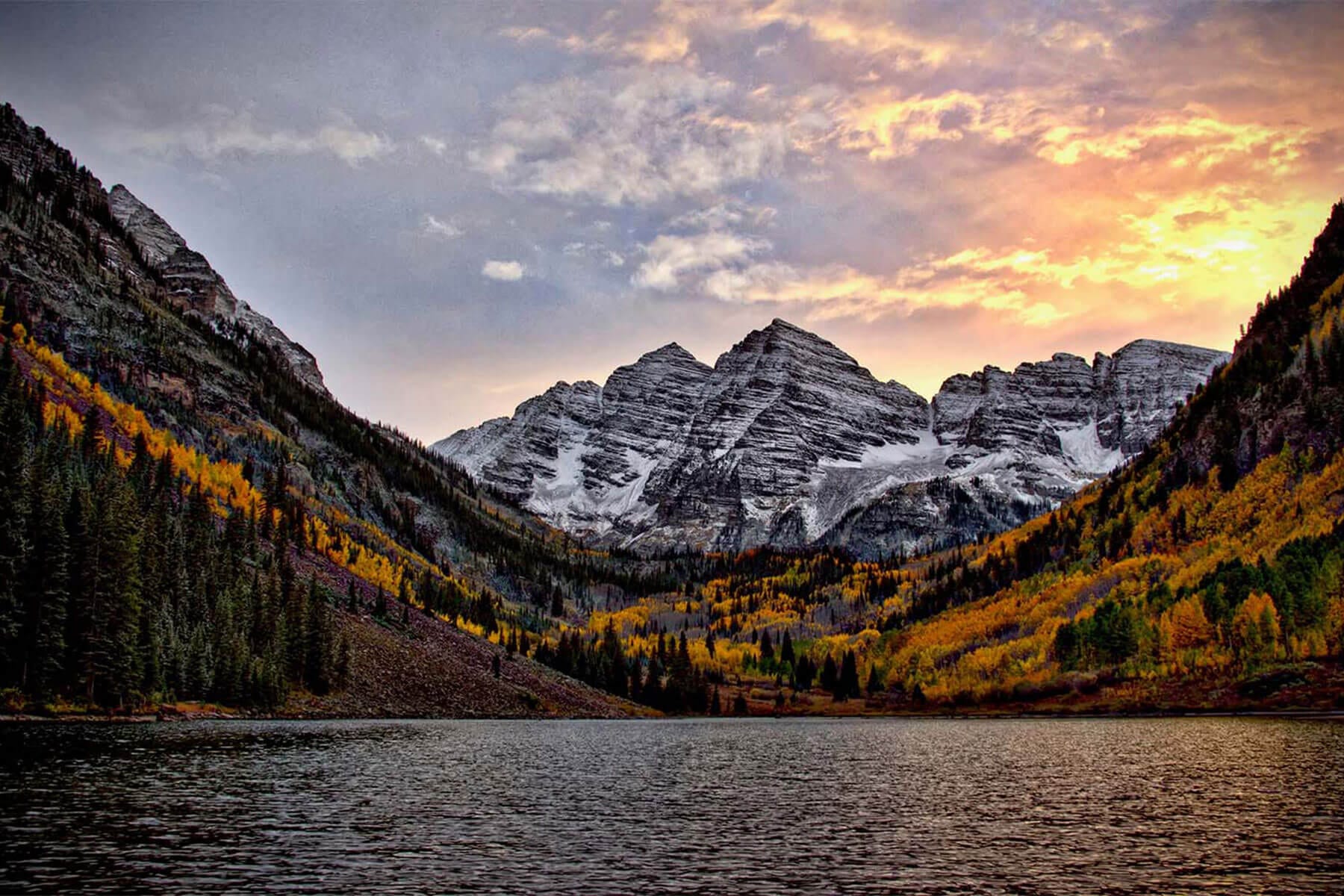
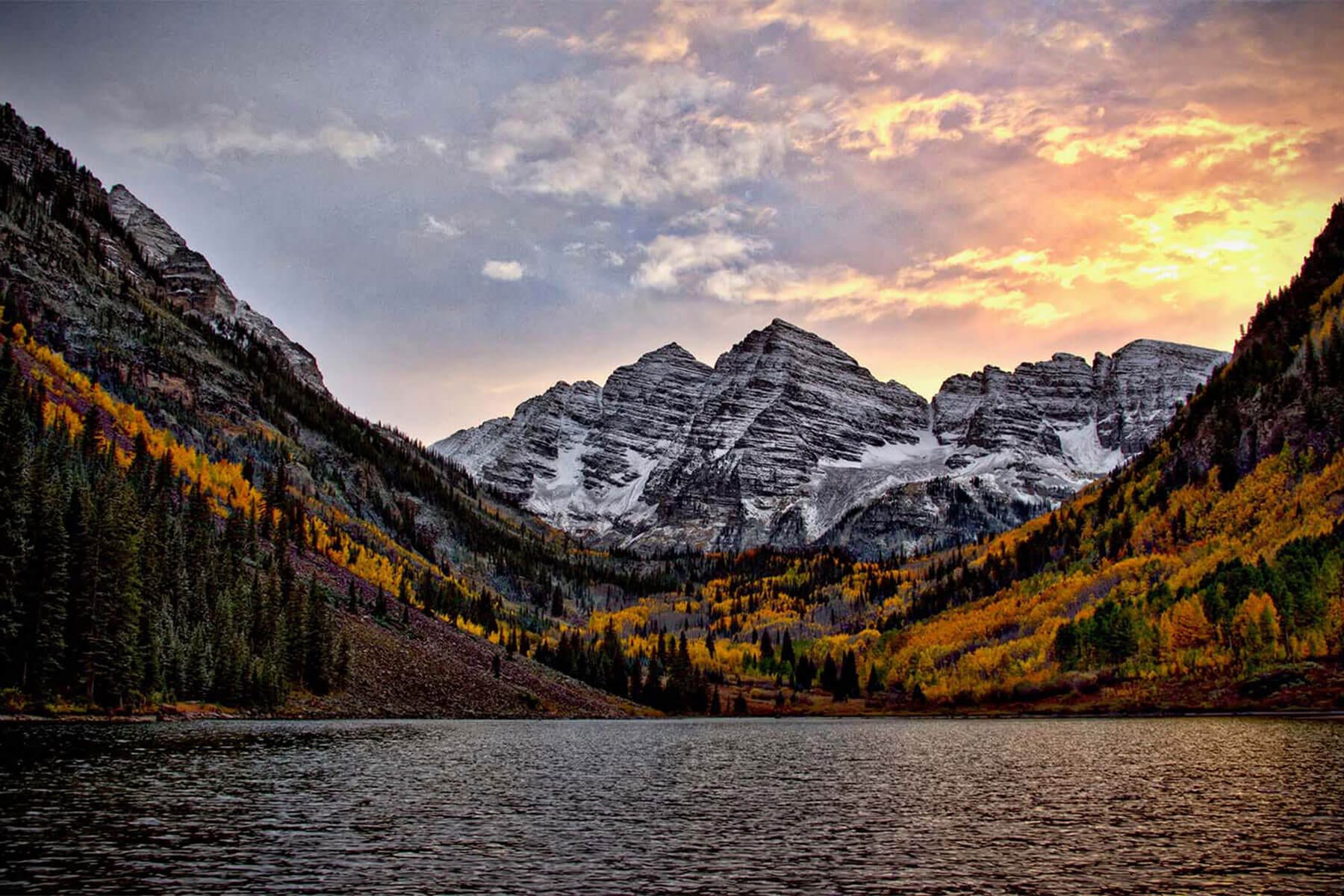
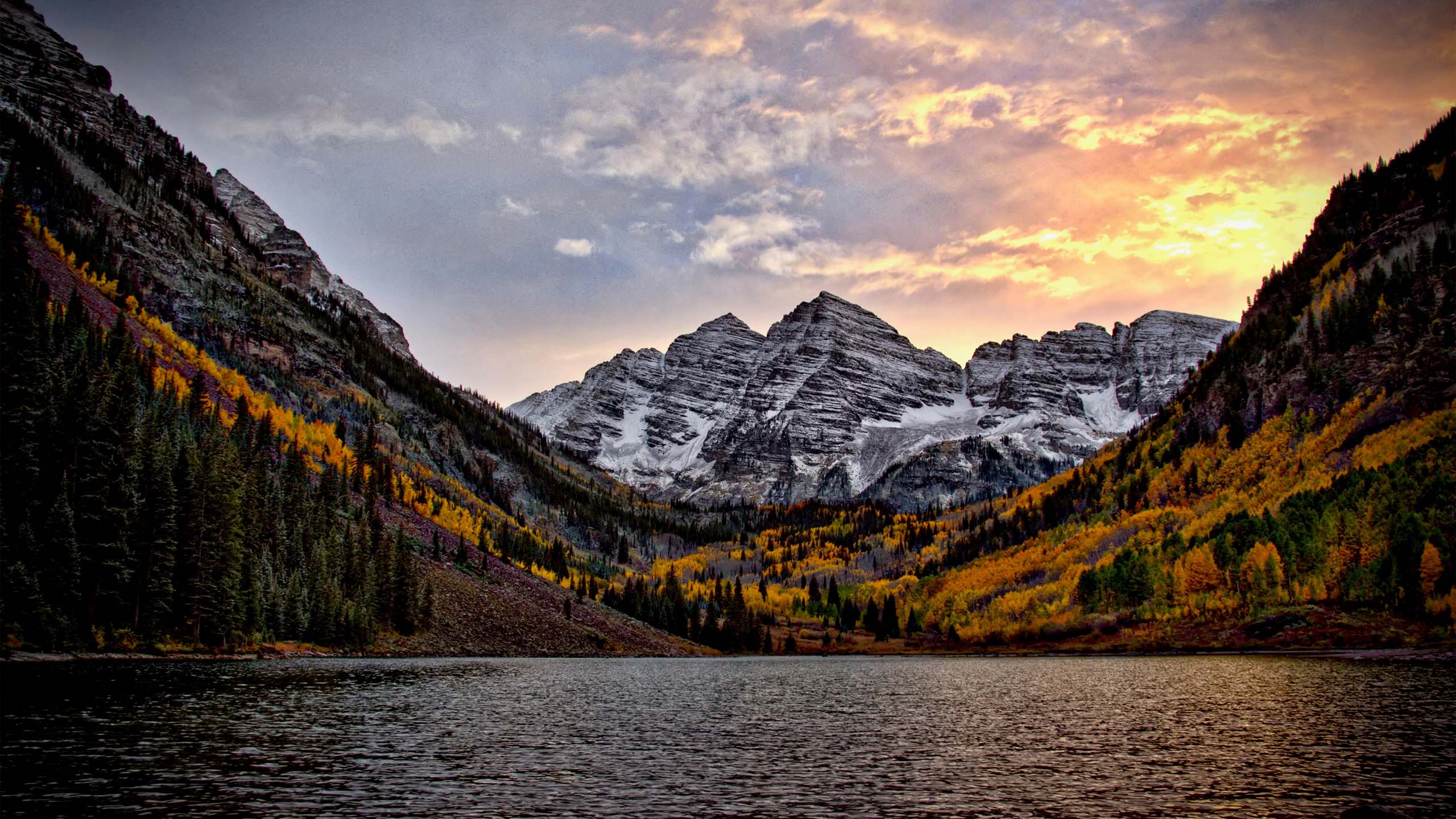
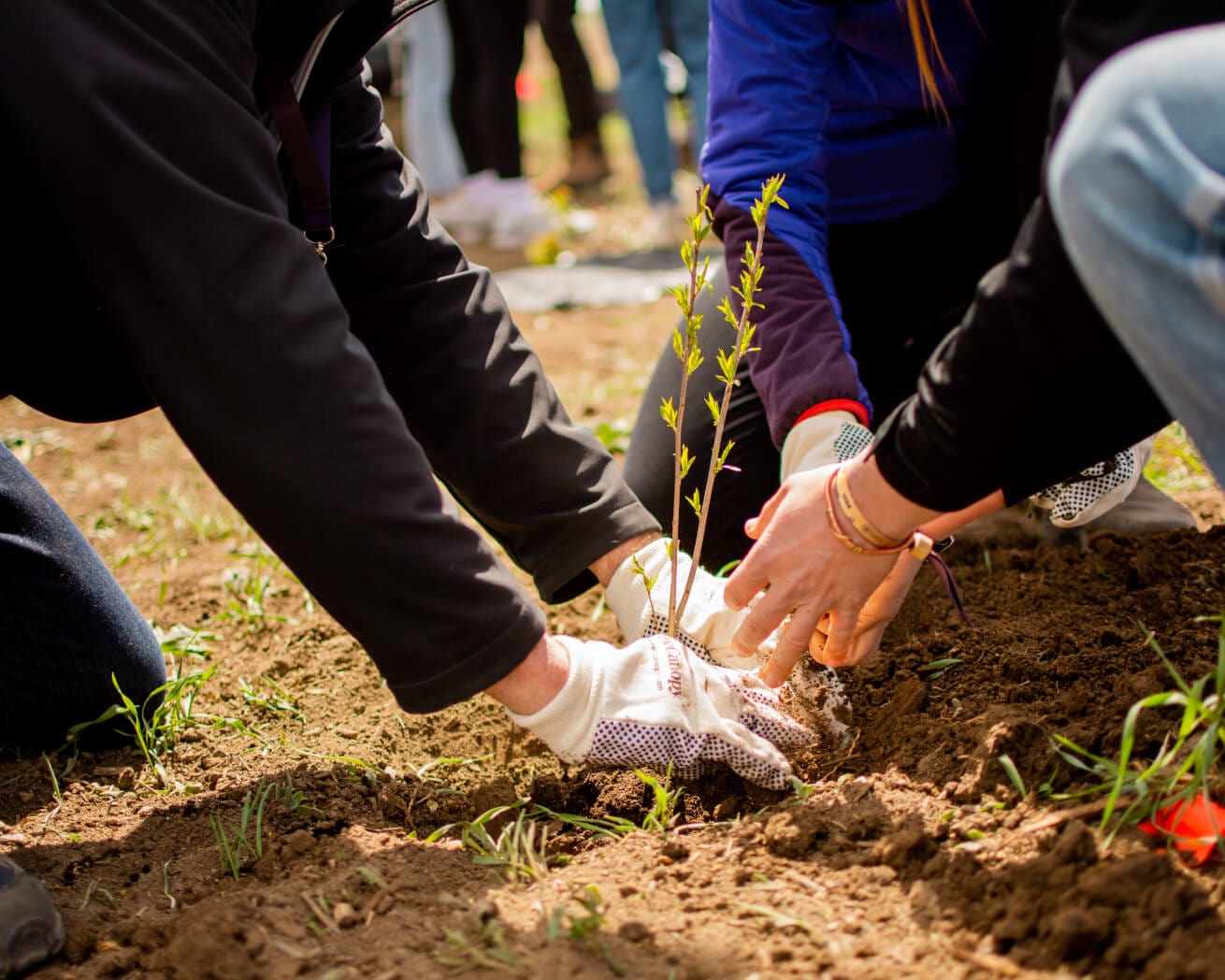
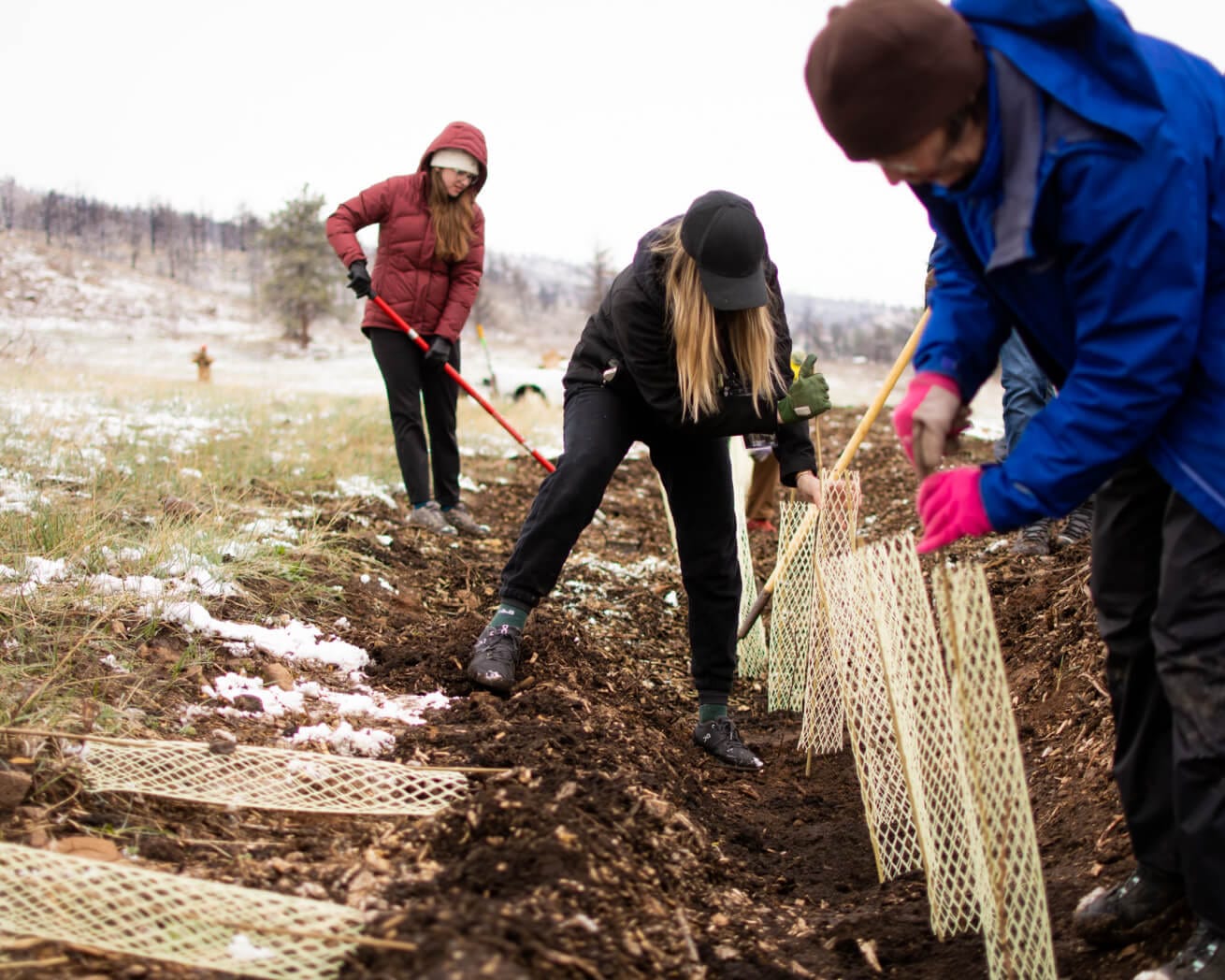
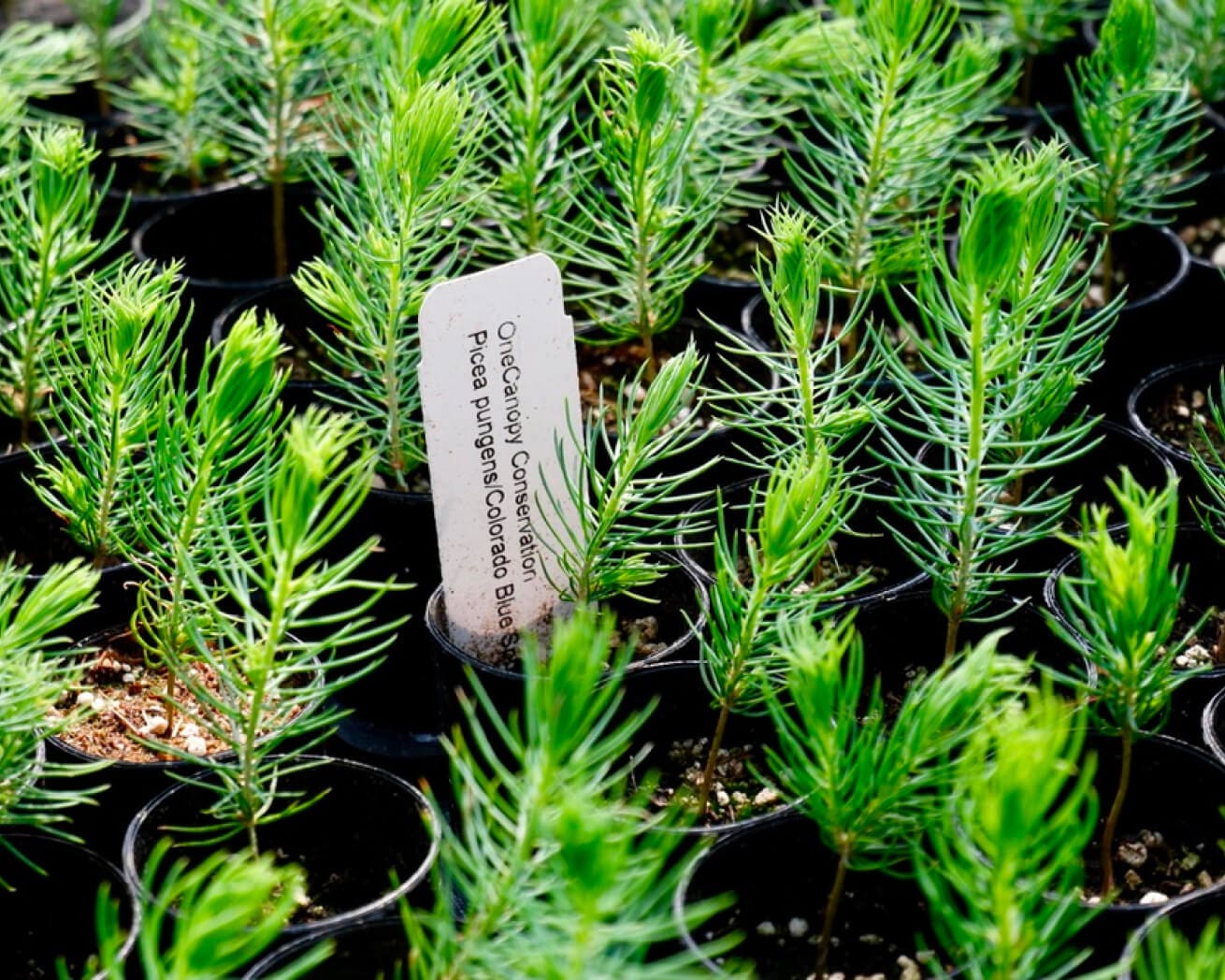
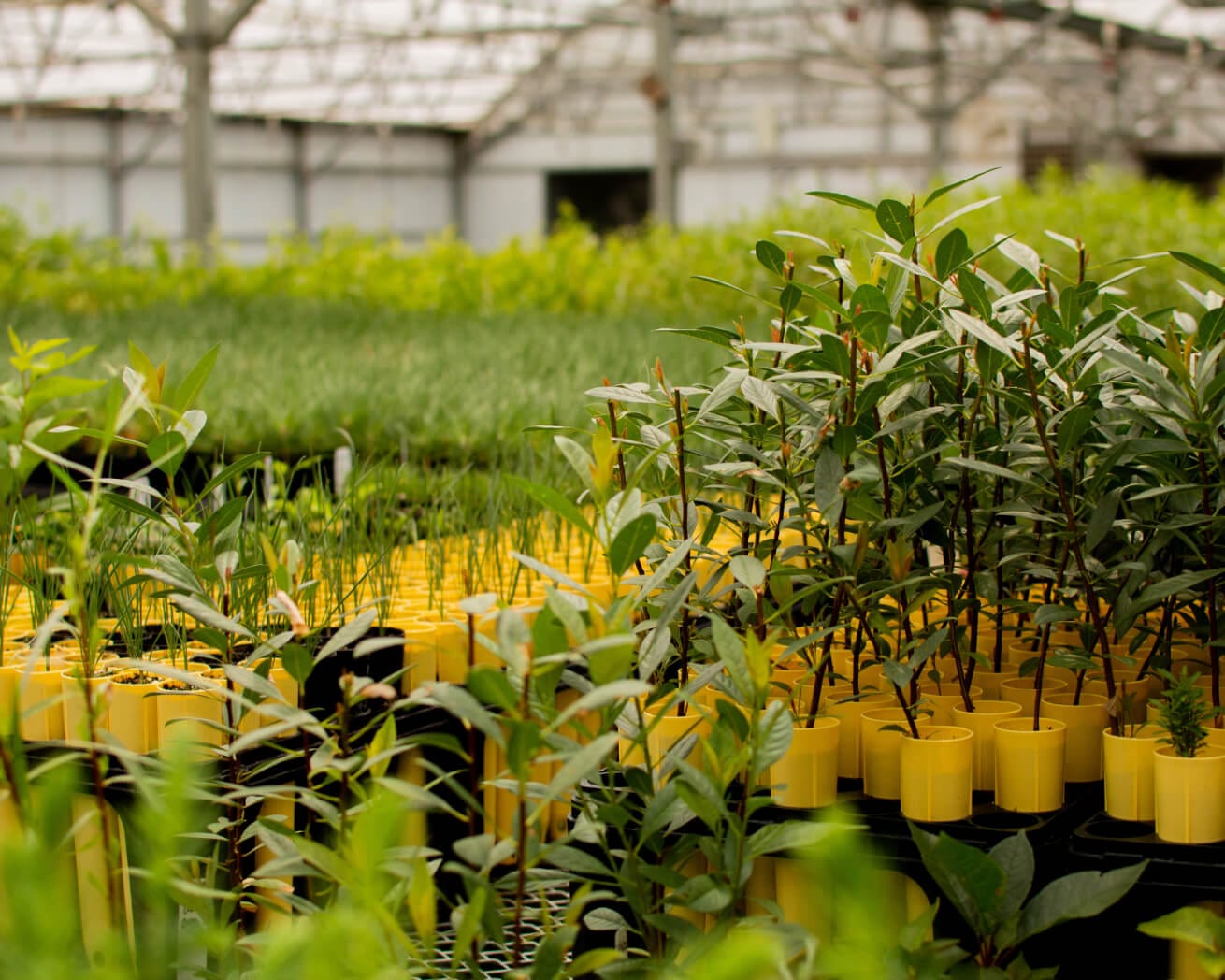
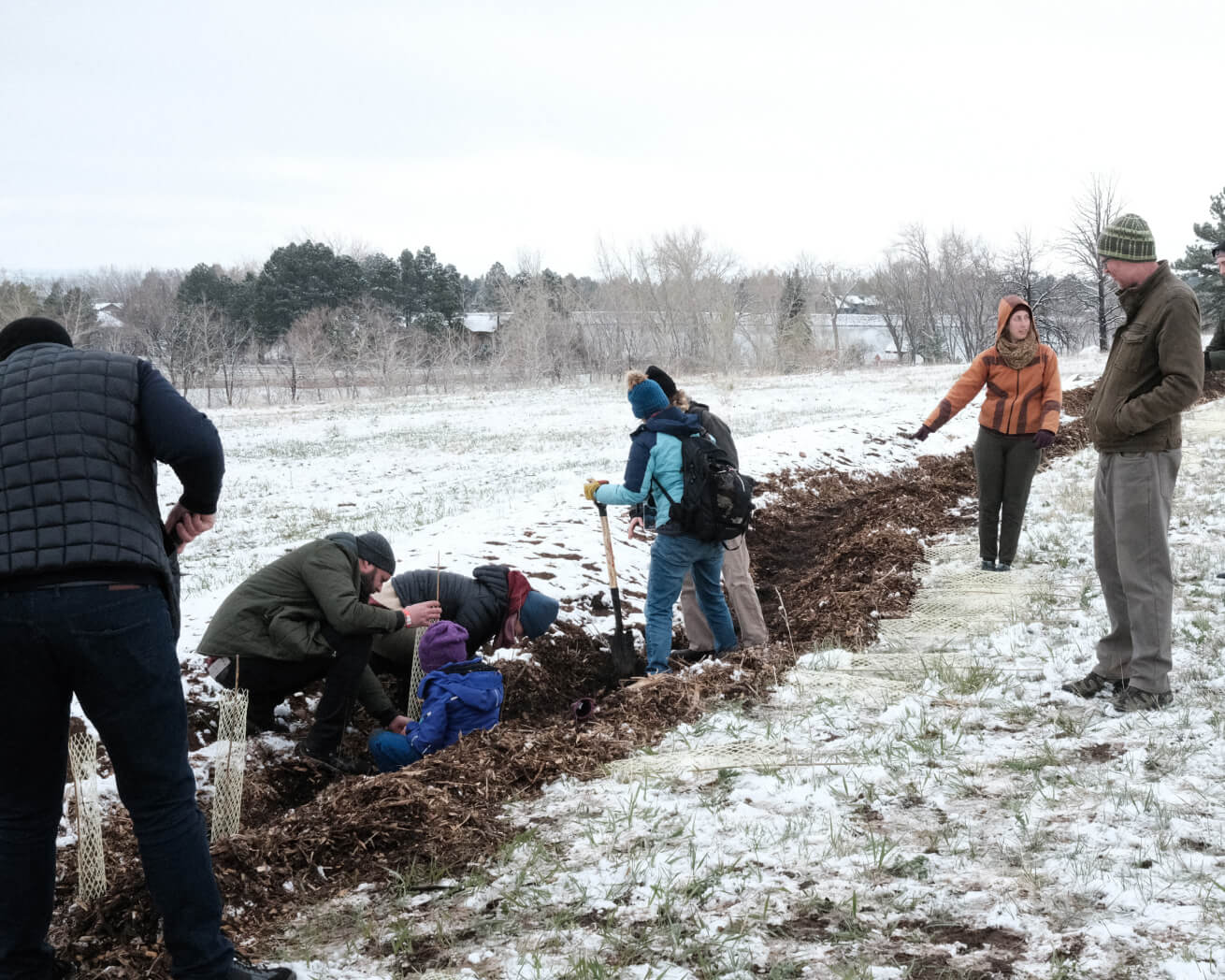
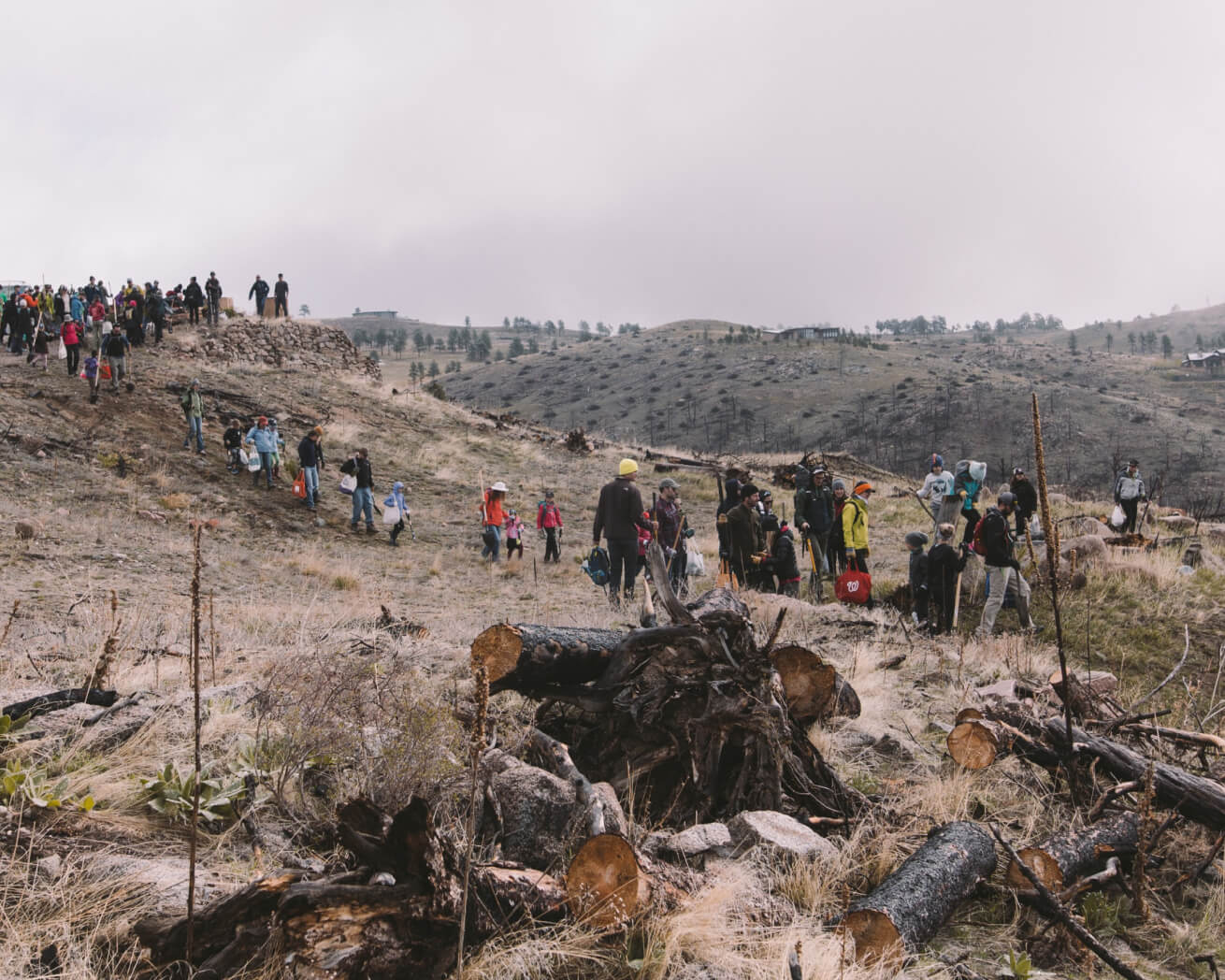
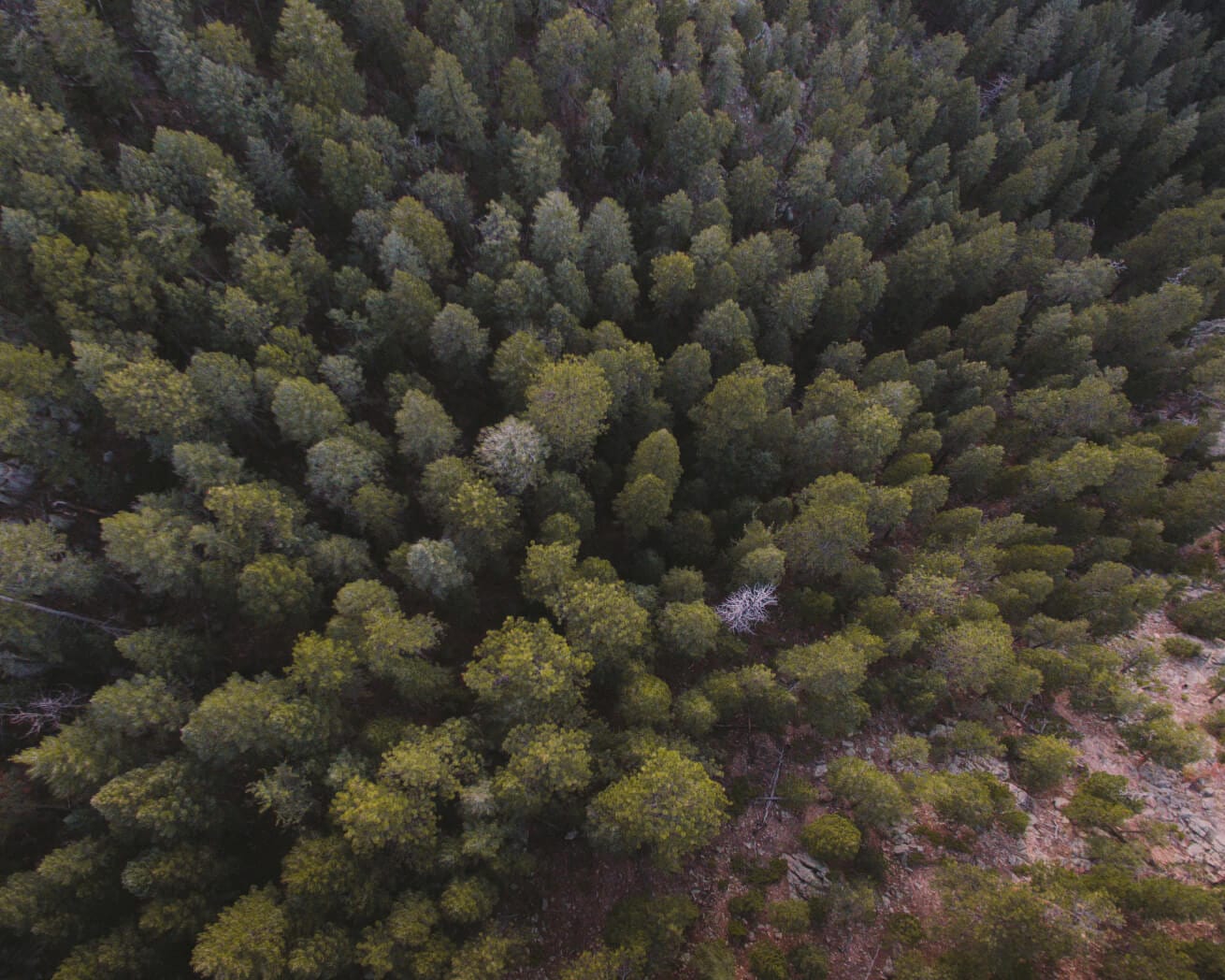
Colorado
Colorado is known as one of the most mountainous states in the U.S. with dramatic landscapes and vast forests. Our reforestation projects in Colorado aim to restore degraded areas and create biodiversity corridors for important wildlife.
Learn More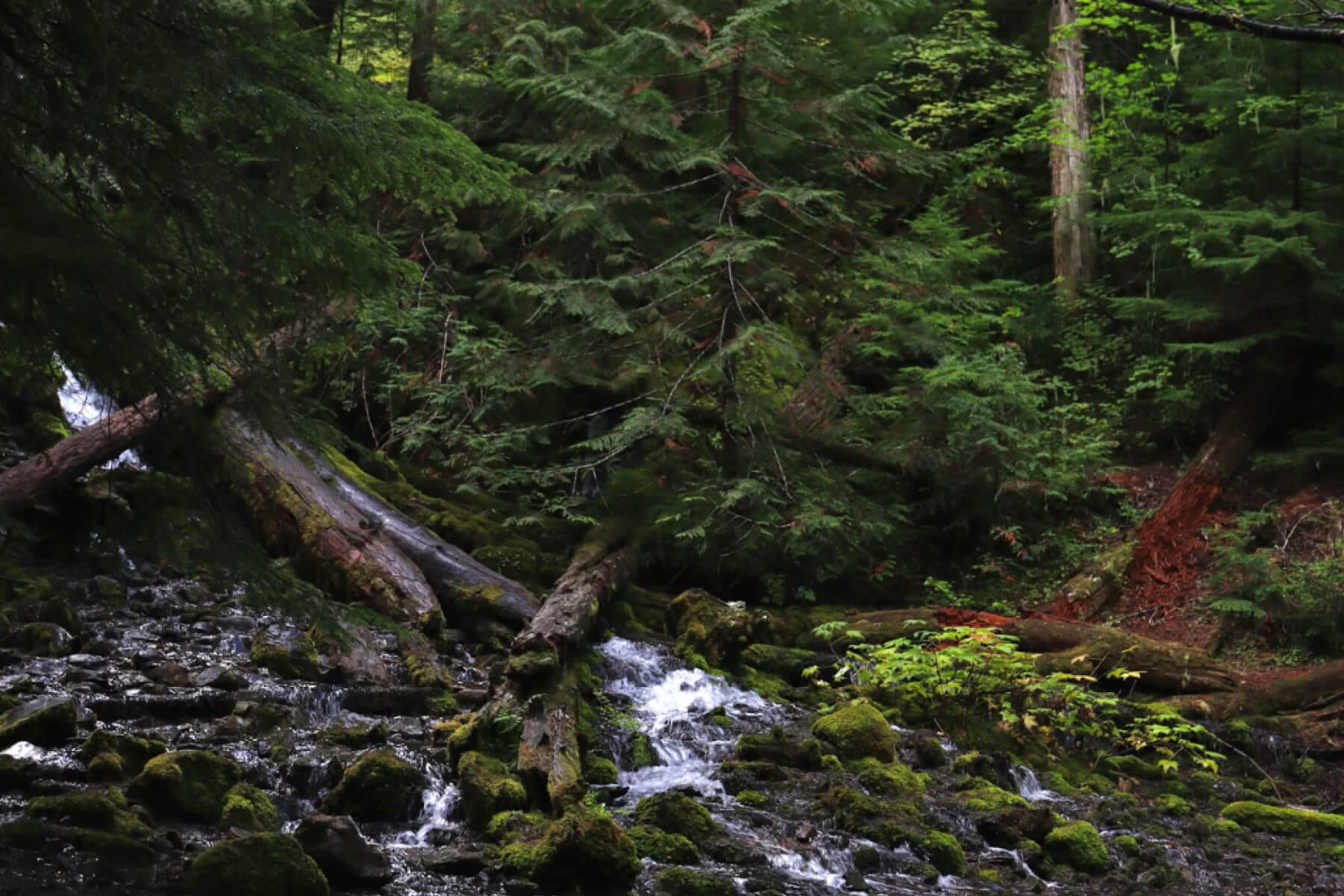
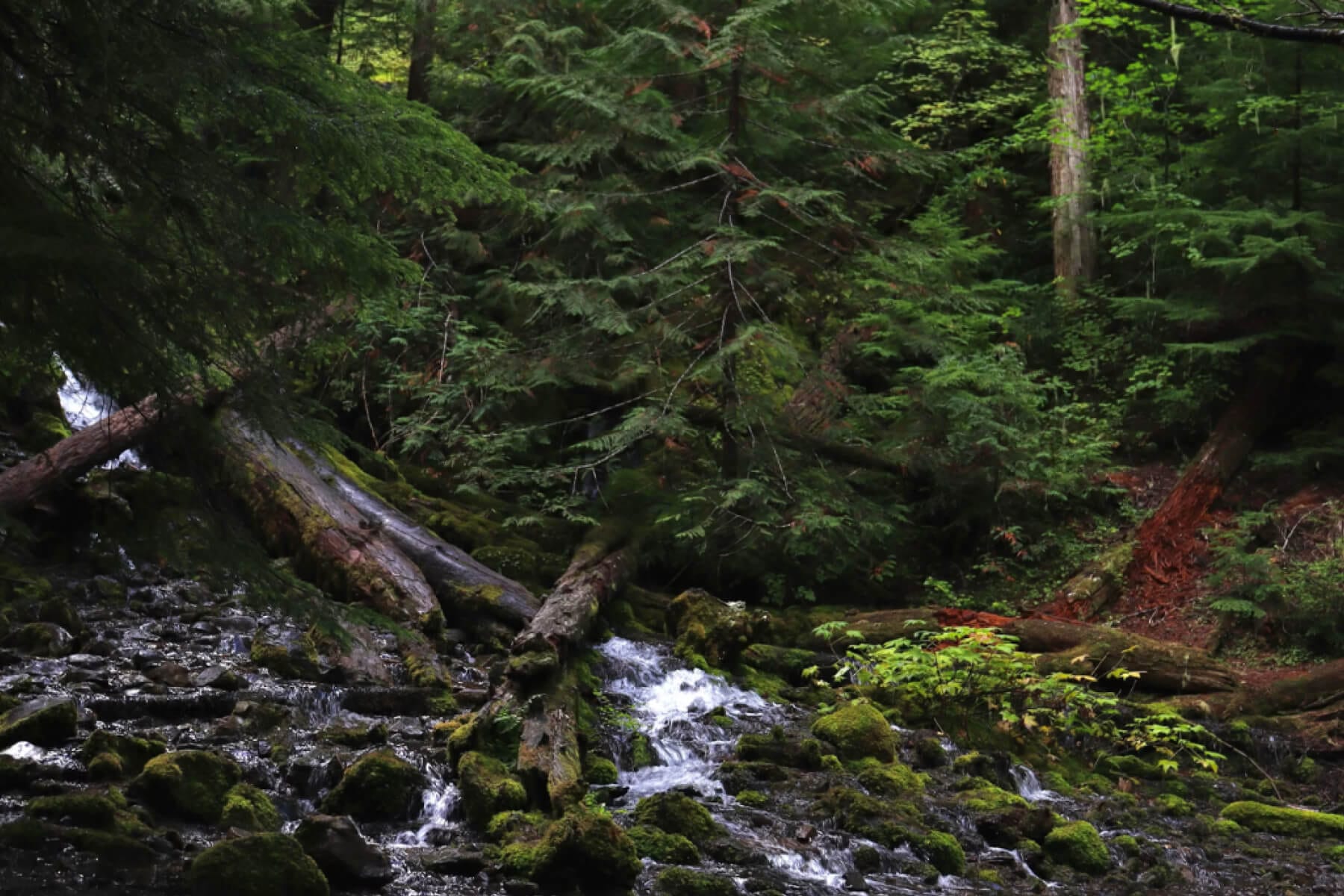
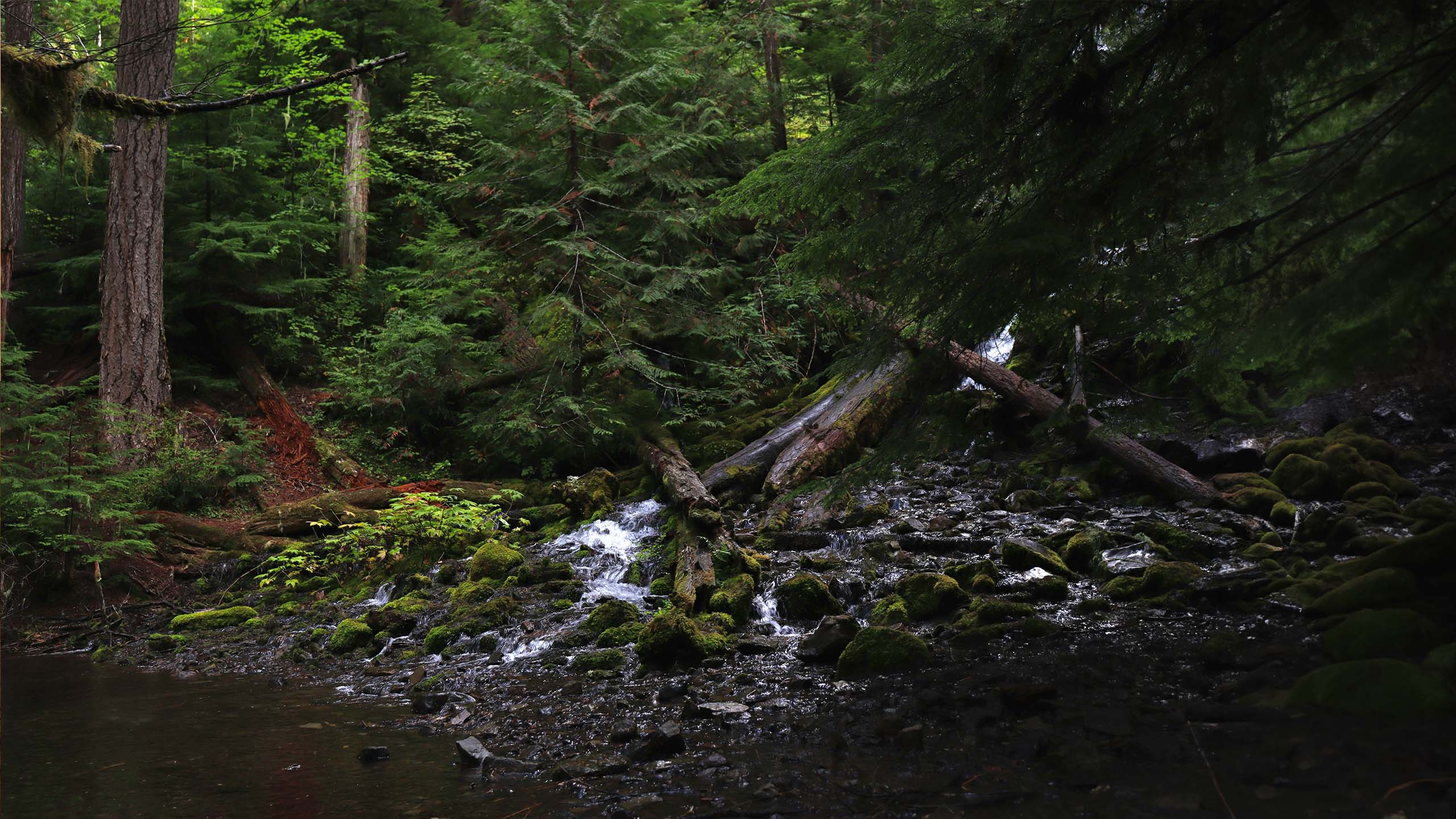
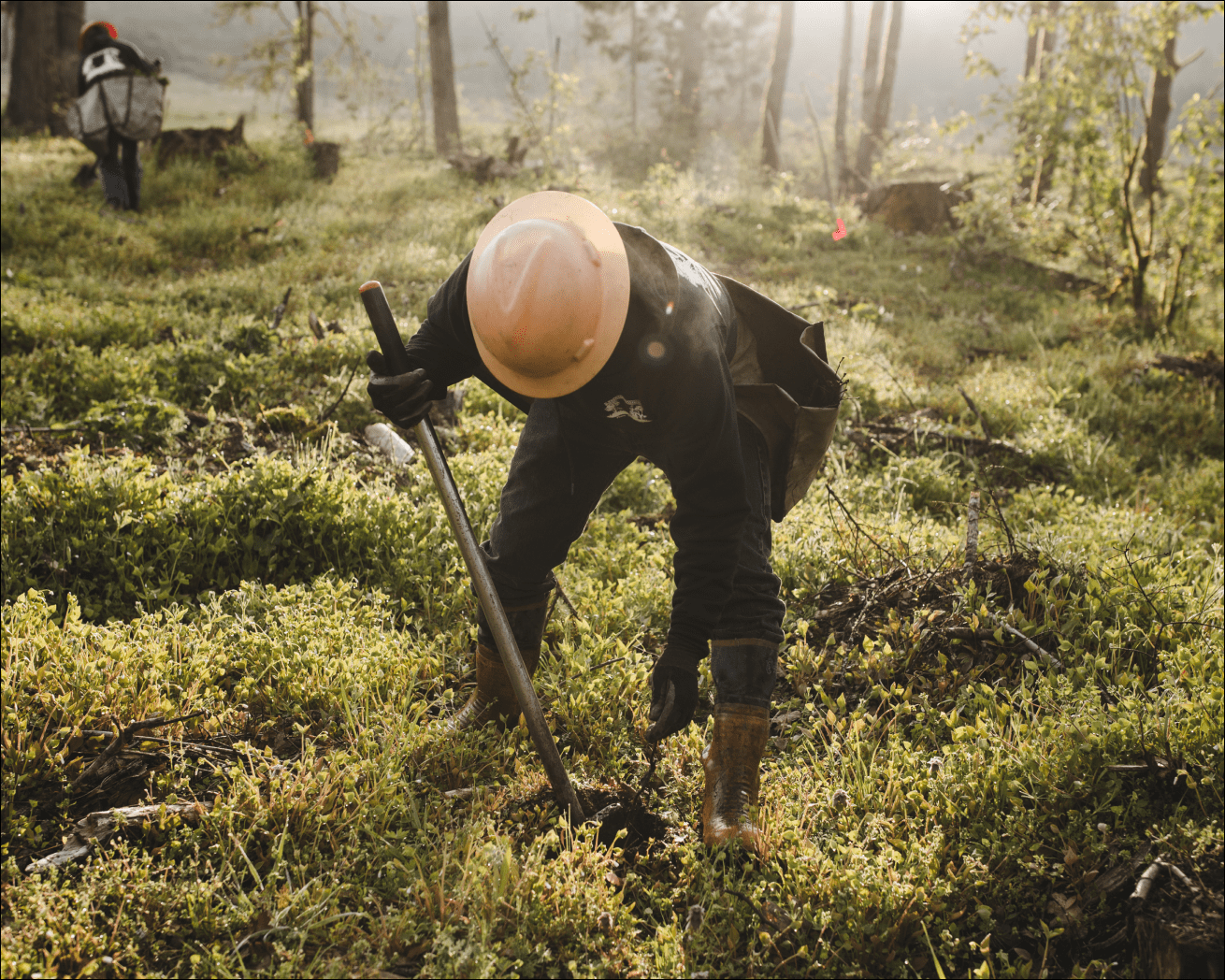
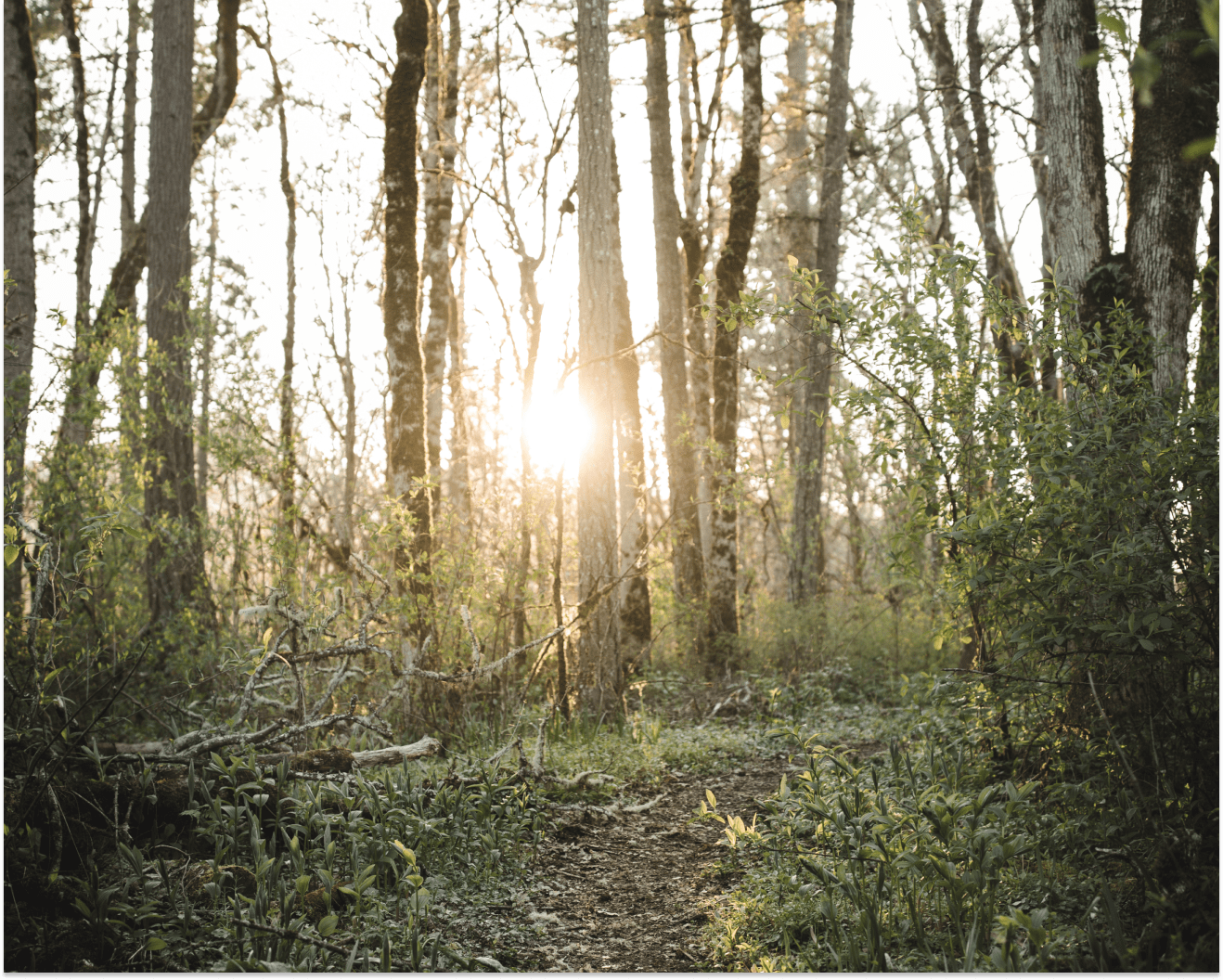
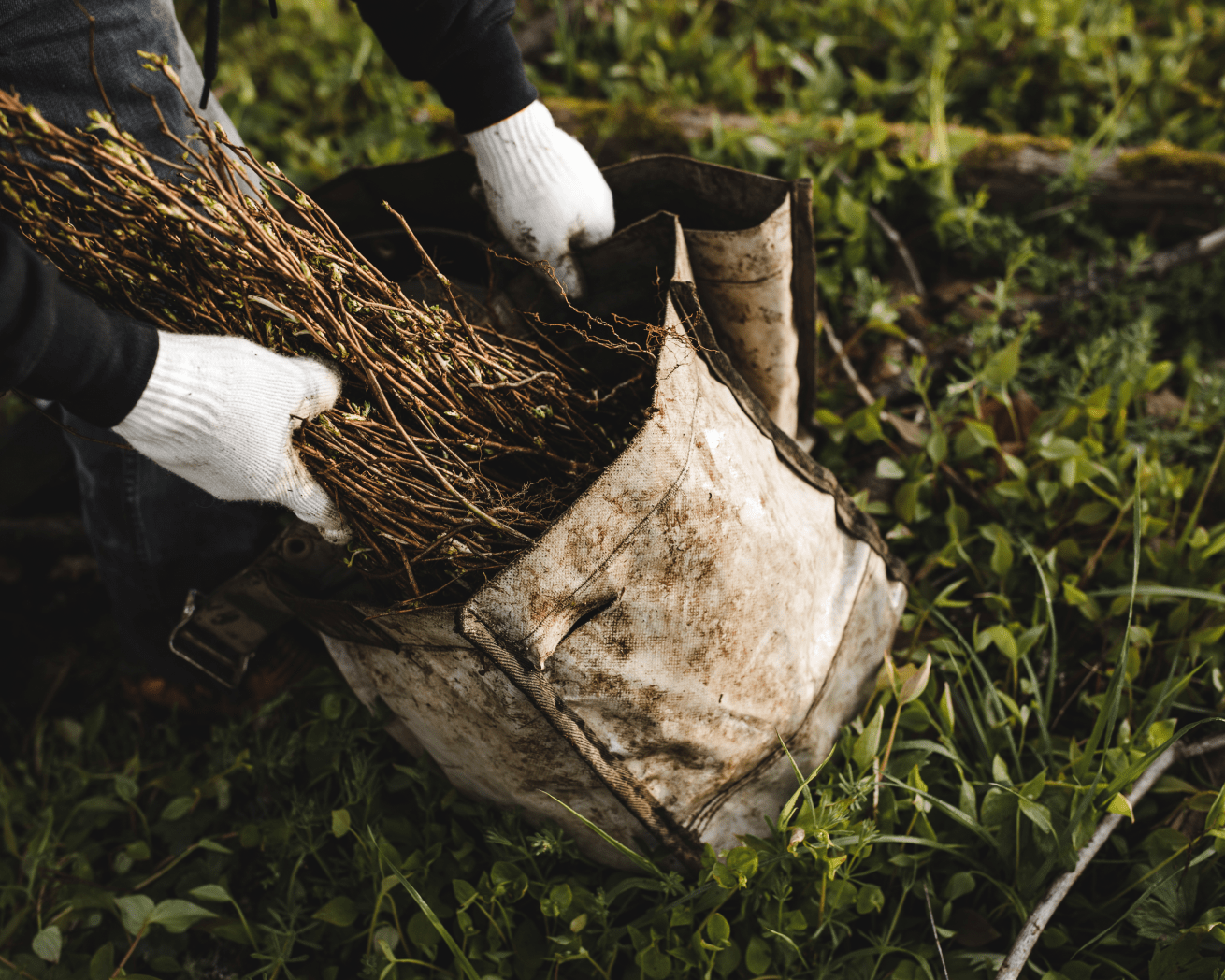
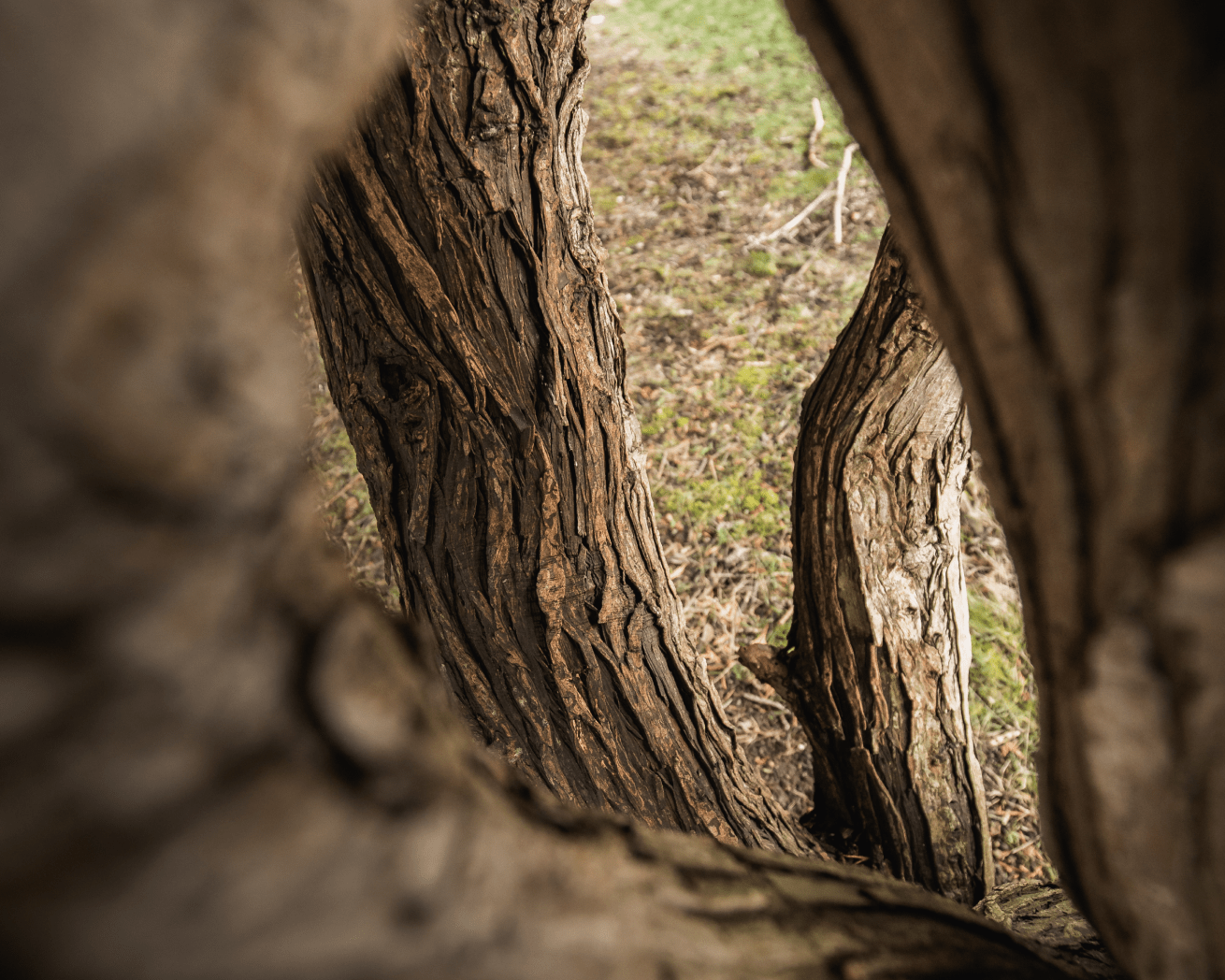
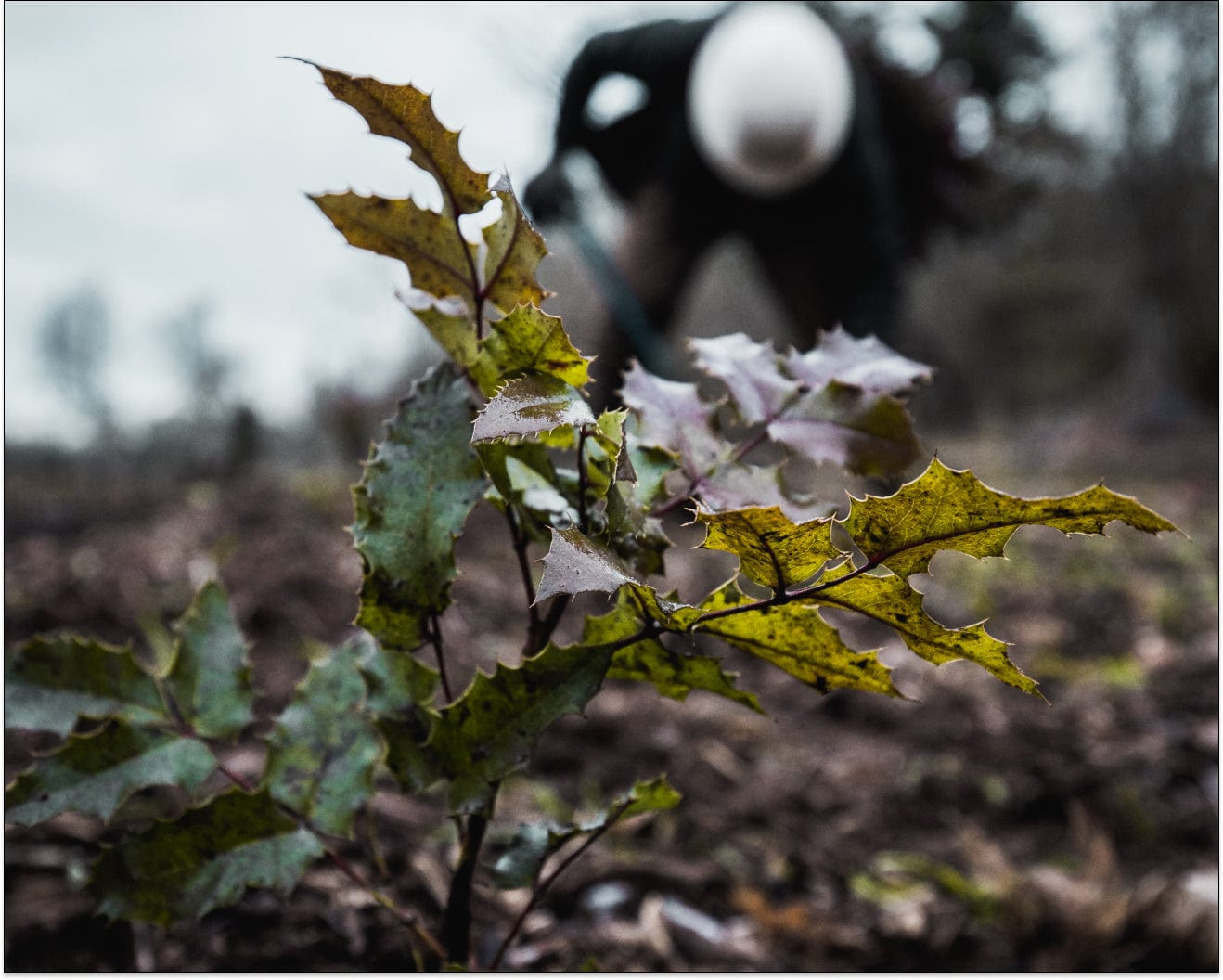
Oregon
With lush evergreen groves and towering redwood forests, Oregon’s landscapes are a sanctuary for diverse wildlife. Our tree-planting projects in Oregon focus on preserving the state’s natural beauty and enhancing its rich biodiversity.
Learn More
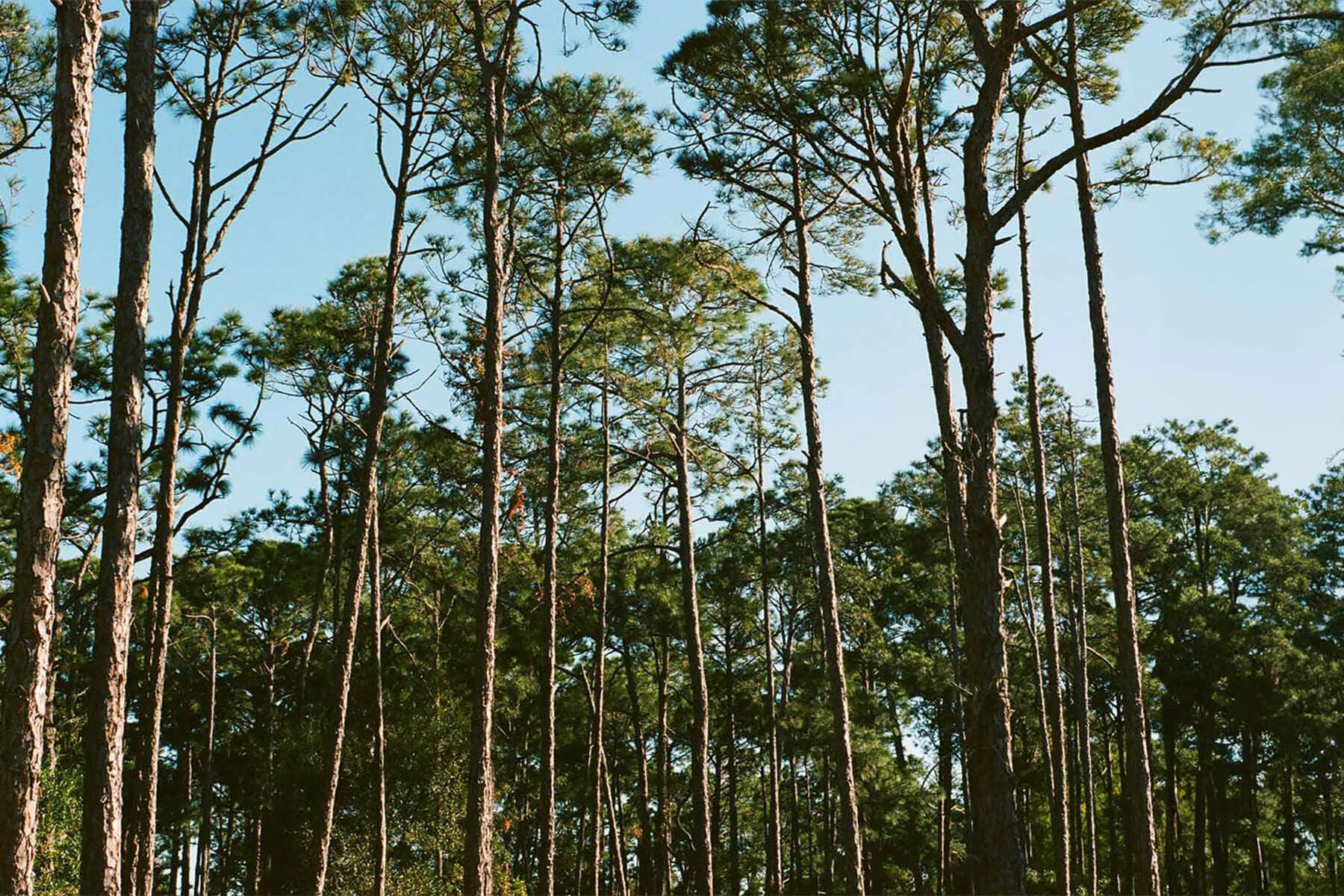
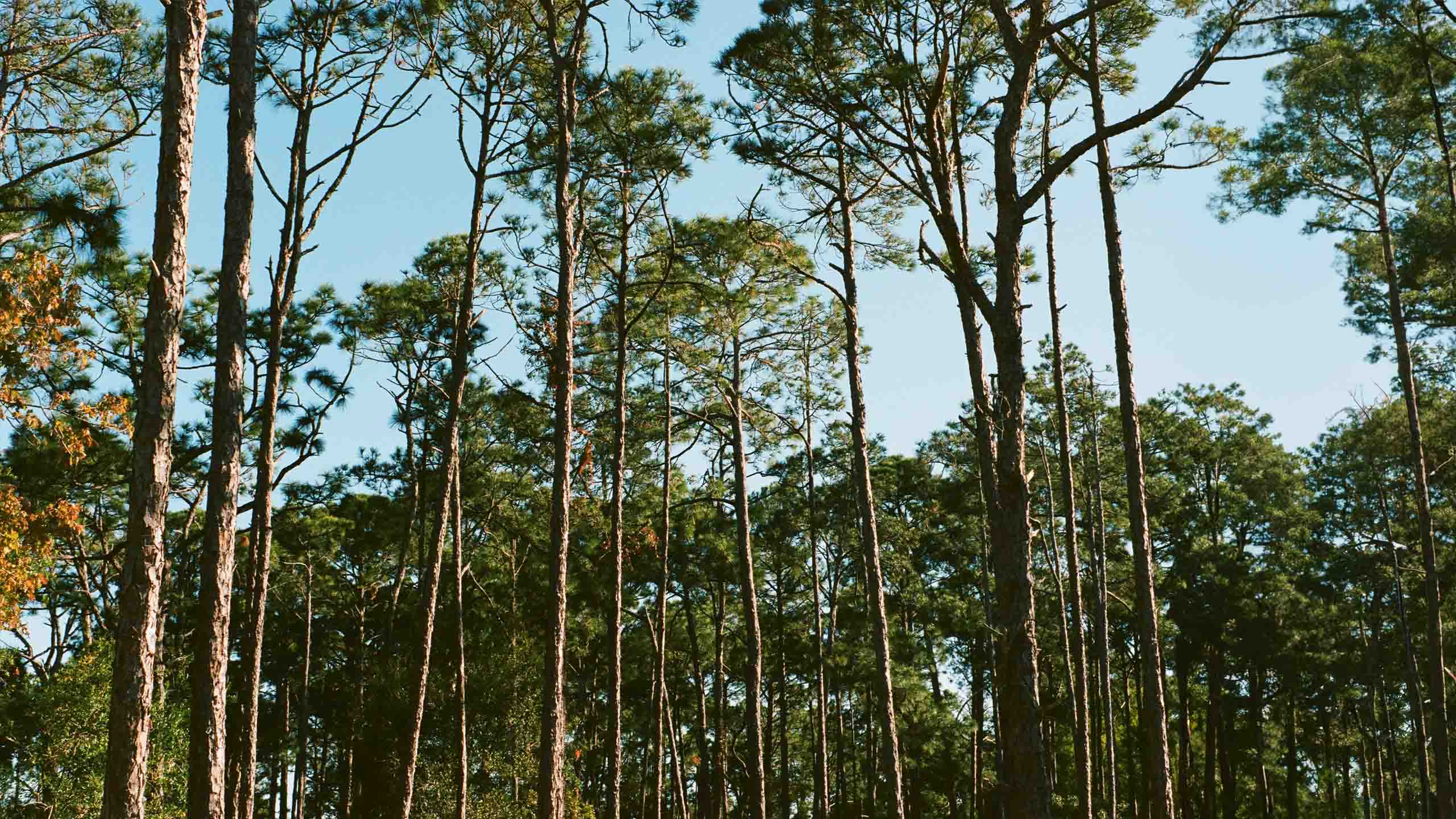
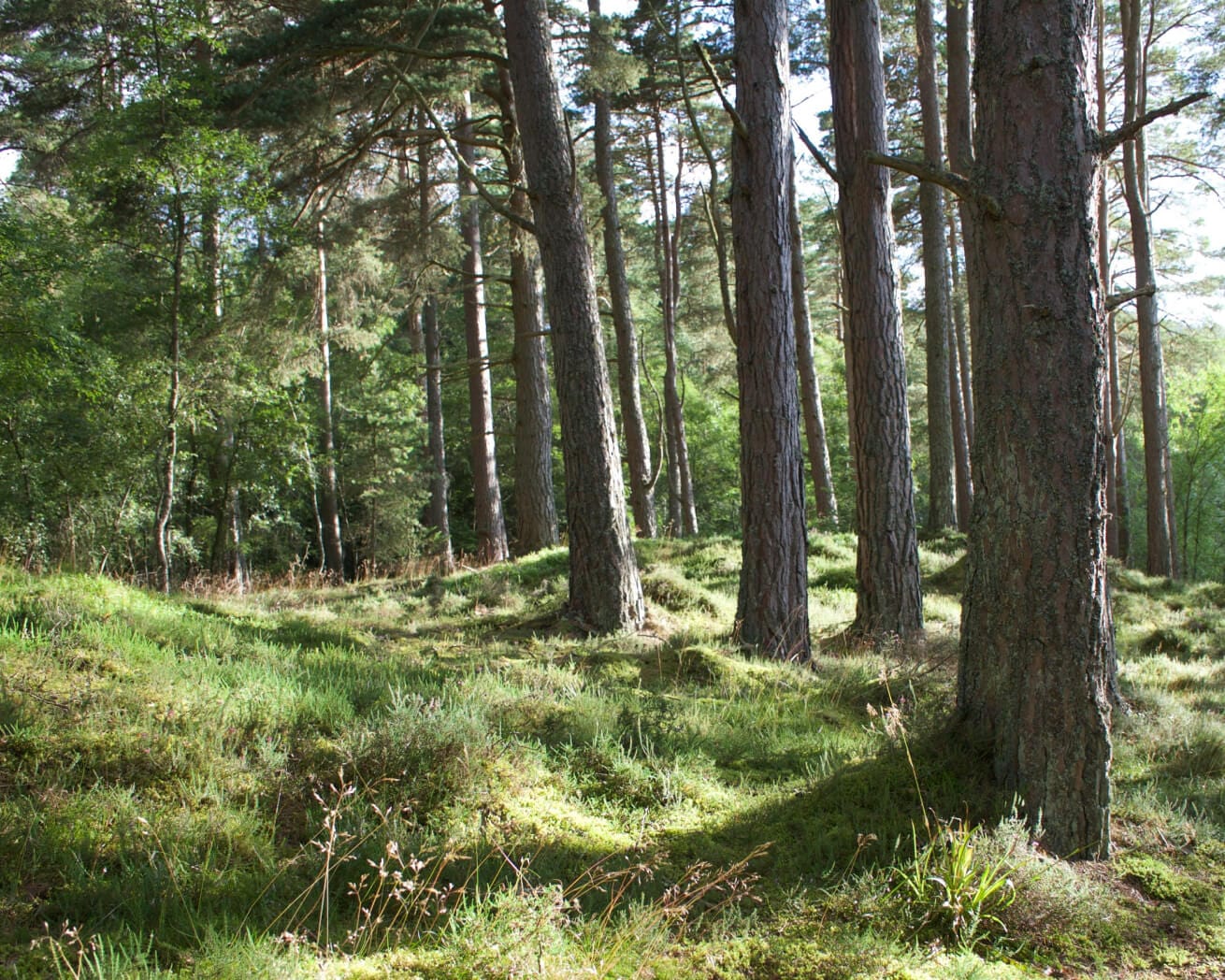
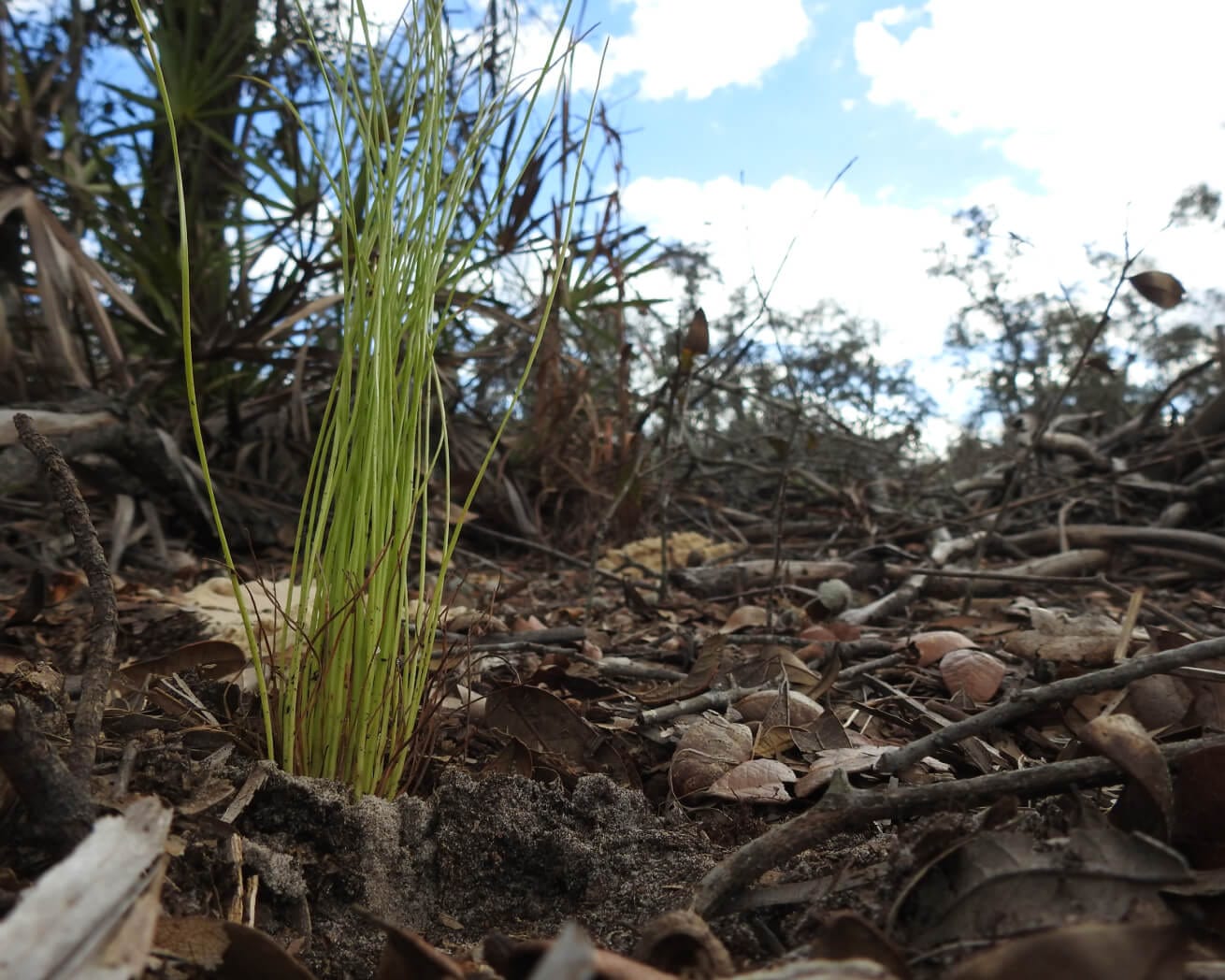
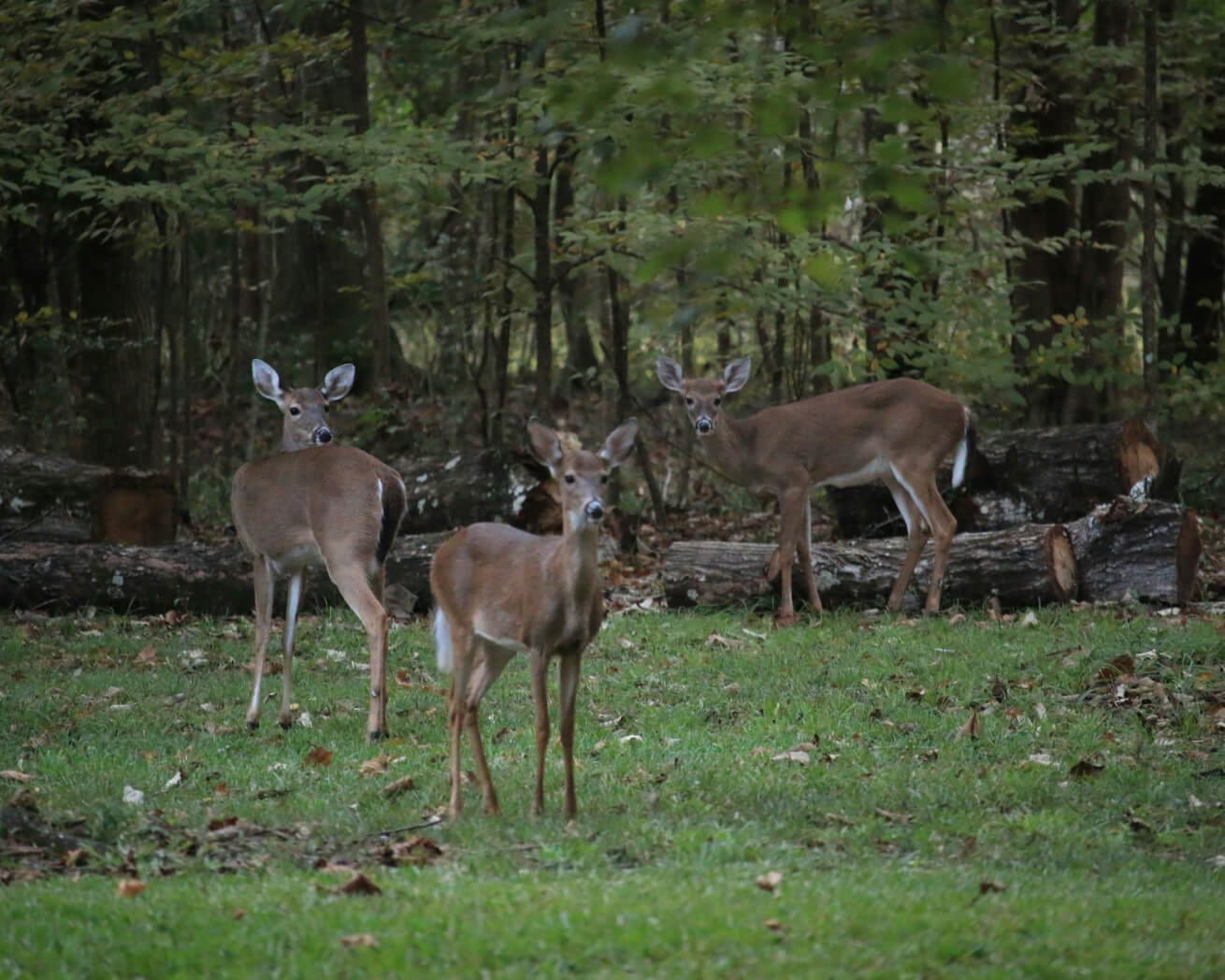
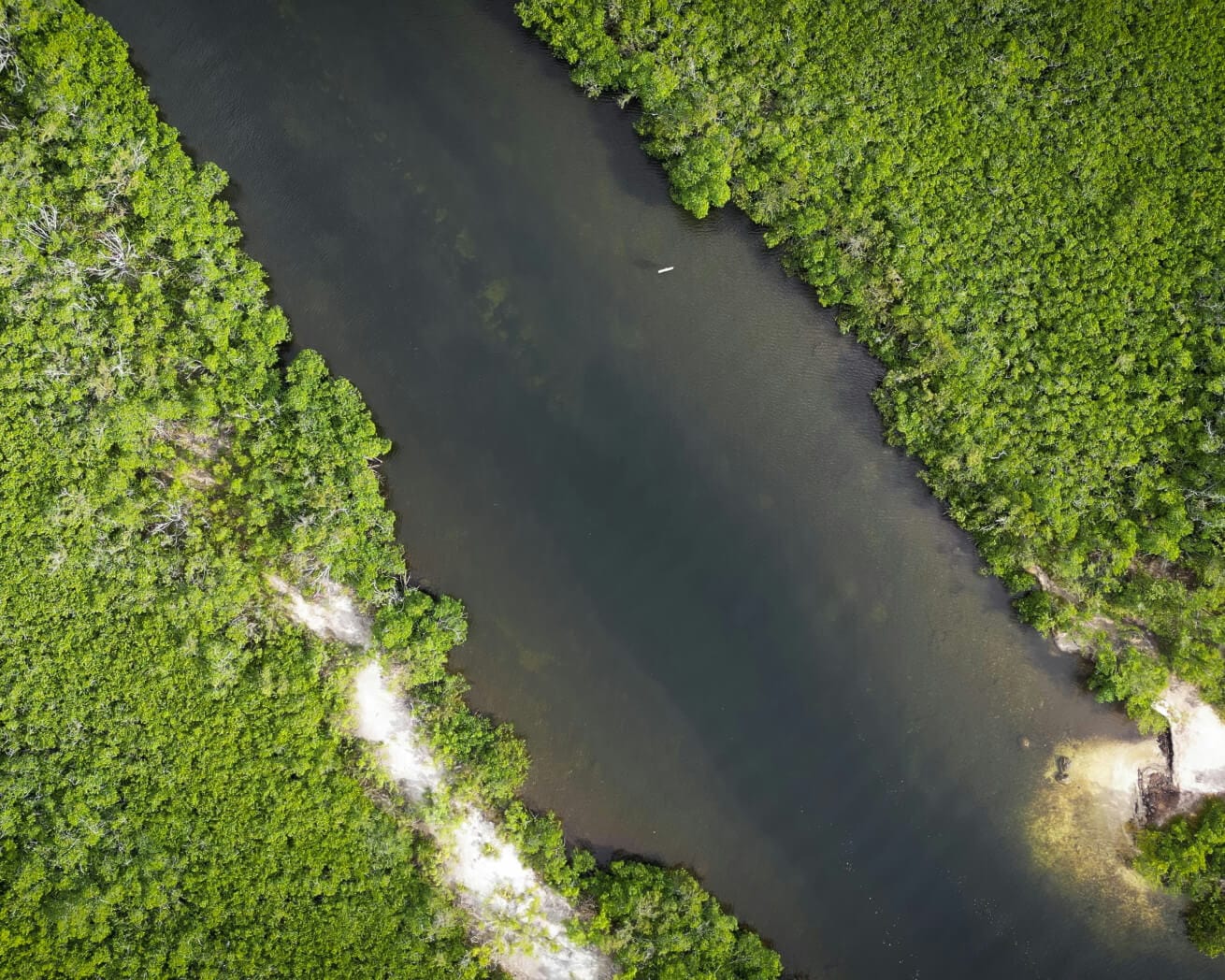
Southeast US
The Southeastern United States is a mosaic of diverse ecosystems, from subtropical forests to coastal plains. Our restoration work revitalizes iconic landscapes like the Everglades and the Appalachian Mountains, safeguarding these vital ecosystems for future generations.
Learn More
Honduras
Lorem ipsum odor amet, consectetuer adipiscing elit. Facilisi dictumst nam maecenas class et sociosqu orci accumsan tellus. Leo cras dis sociosqu non luctus aenean suspendisse mus.
Learn More
Mexico
Lorem ipsum odor amet, consectetuer adipiscing elit. Facilisi dictumst nam maecenas class et sociosqu orci accumsan tellus. Leo cras dis sociosqu non luctus aenean suspendisse mus.
Learn More
Panama
Lorem ipsum odor amet, consectetuer adipiscing elit. Facilisi dictumst nam maecenas class et sociosqu orci accumsan tellus. Leo cras dis sociosqu non luctus aenean suspendisse mus.
Learn MorePlant Trees for Impact
Together, reforesting the globe.
Reforestation is one of the best ways to restore ecosystems that have been degraded or deforested. Plant trees to support reforestation work in the locations where it is needed most.


From temperate forests to urban landscapes, U.S. forests are a lifeline for the nation’s wildlife and communities. Reforestation increases wildlife habitat, moderates local climates, and improves the land's capacity to adapt to climate change.
Brittney Burke
Project Manager
Fundraising Disclosures

Be Part of the Restoration Movement
The Grove is more than just a monthly giving program: it's a vibrant community of individuals who are dedicated to reforestation and environmental restoration on a global scale.